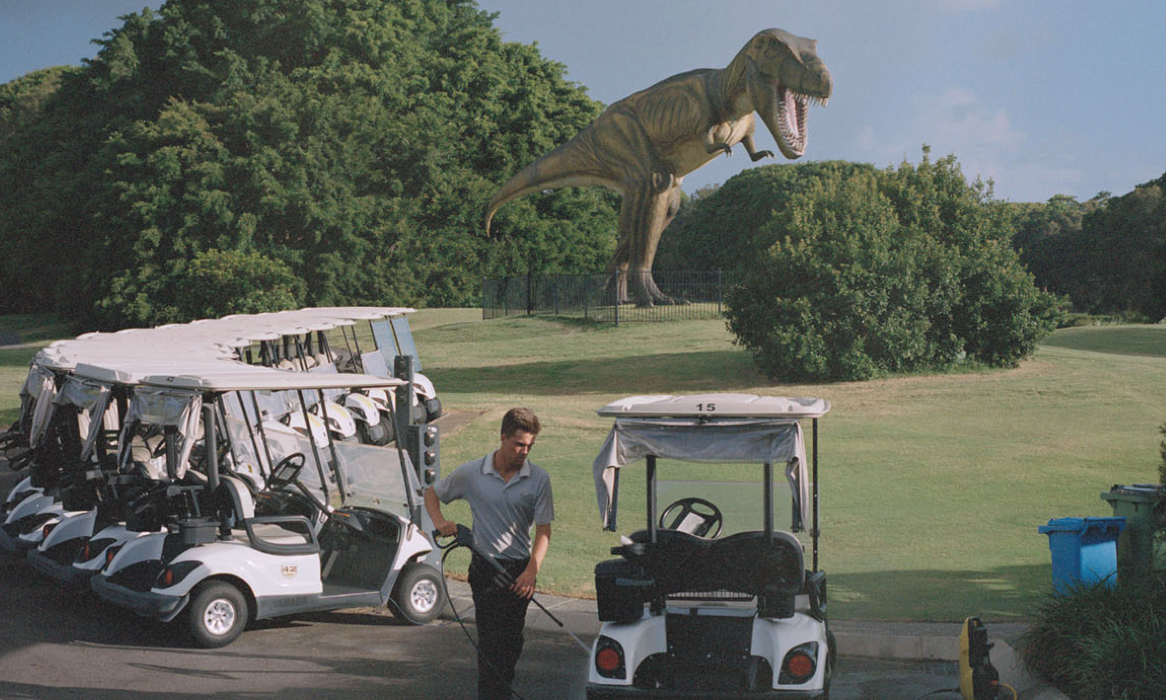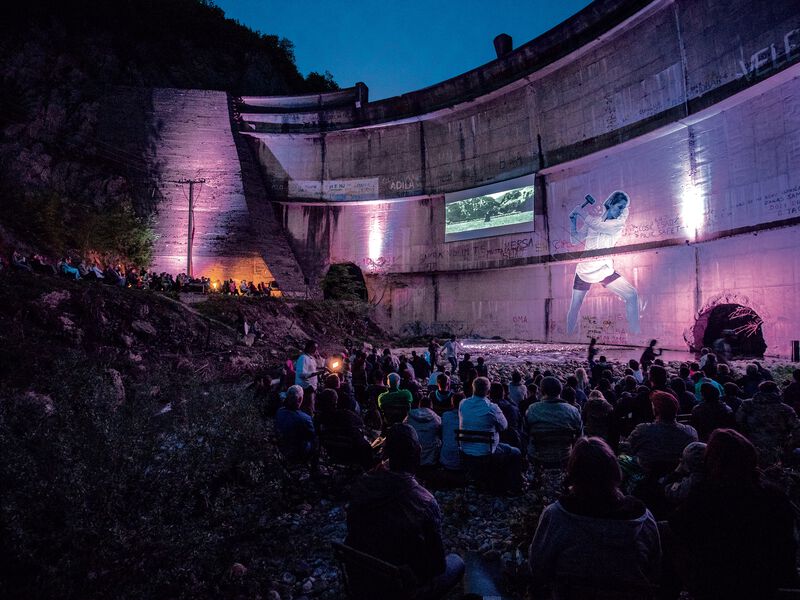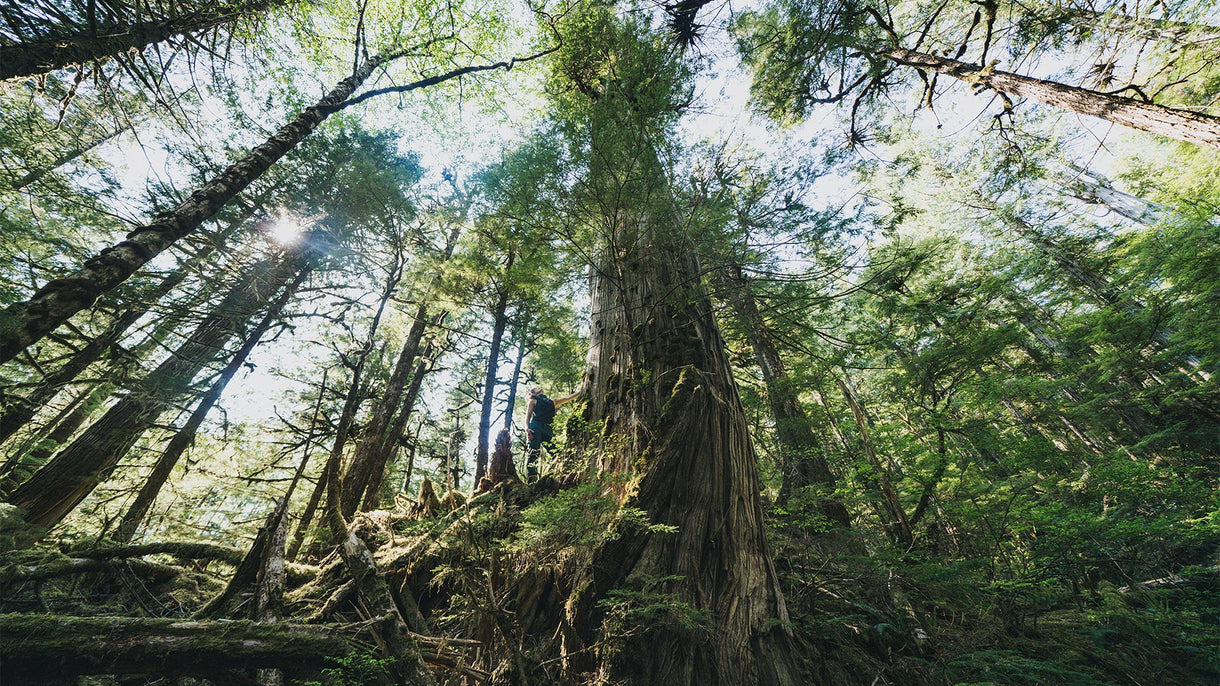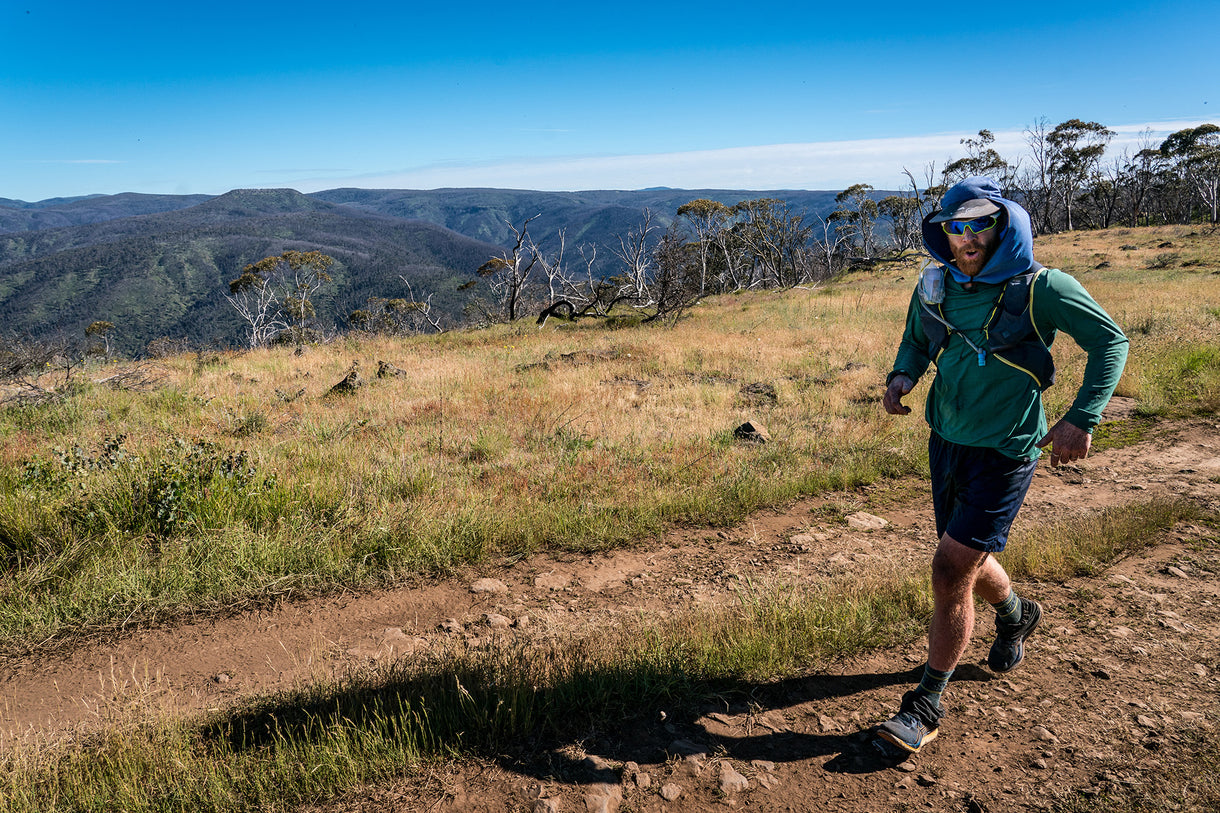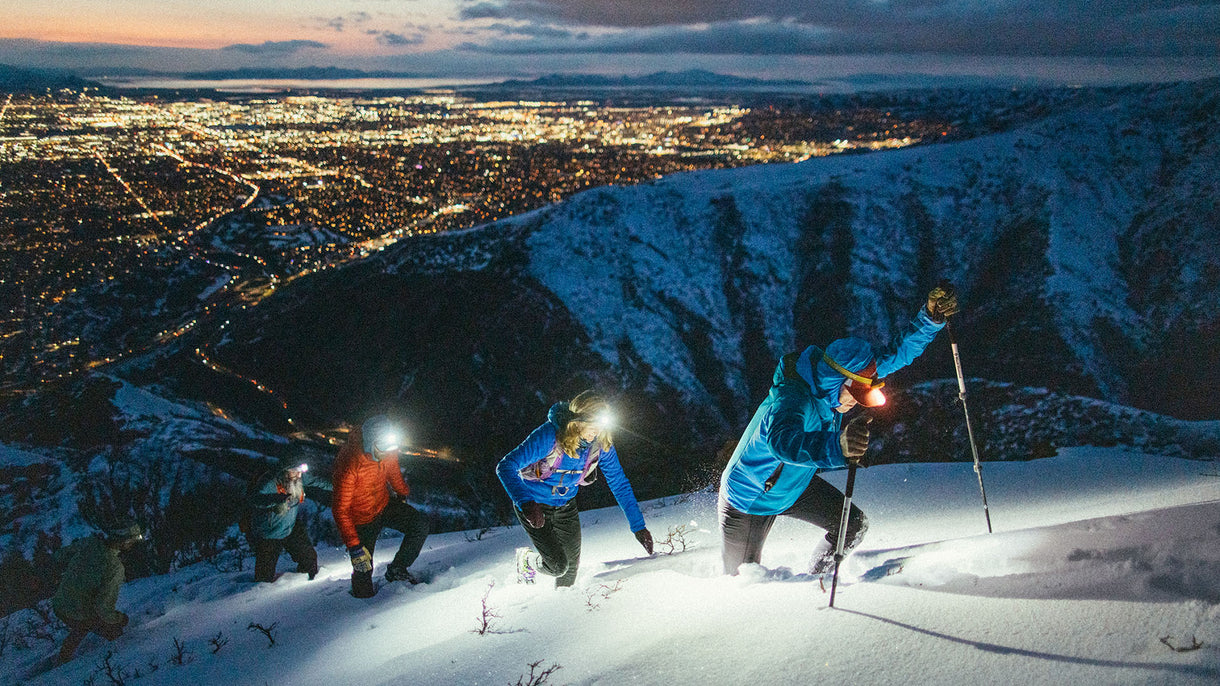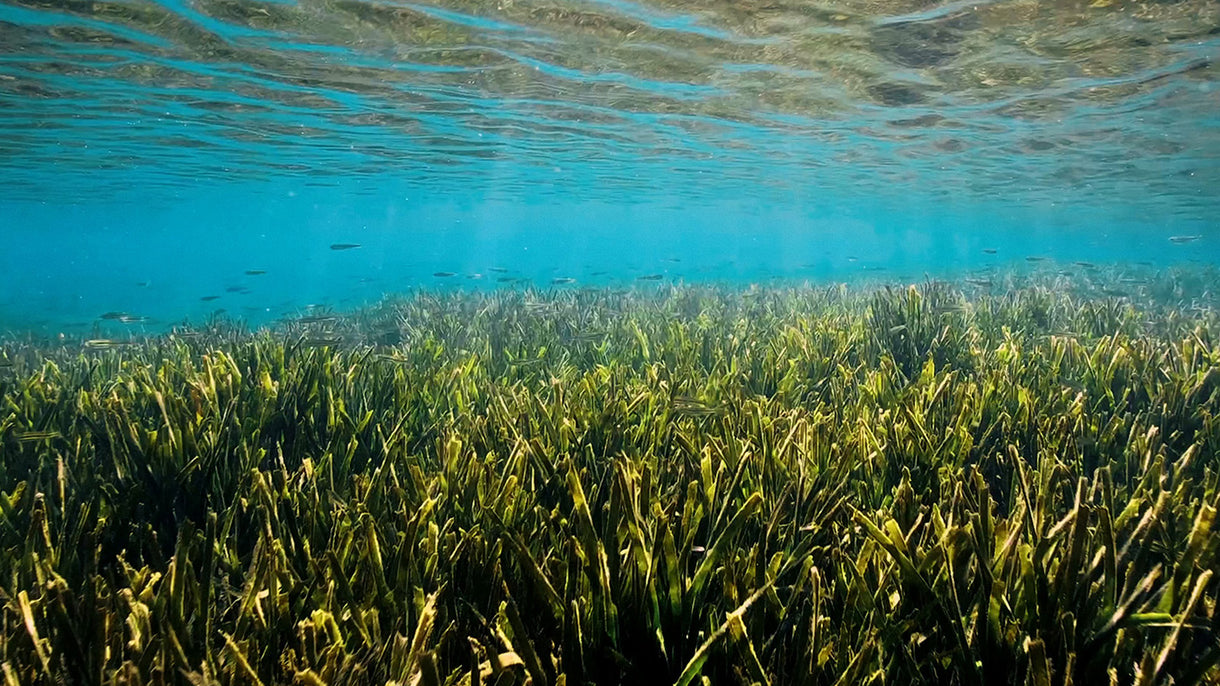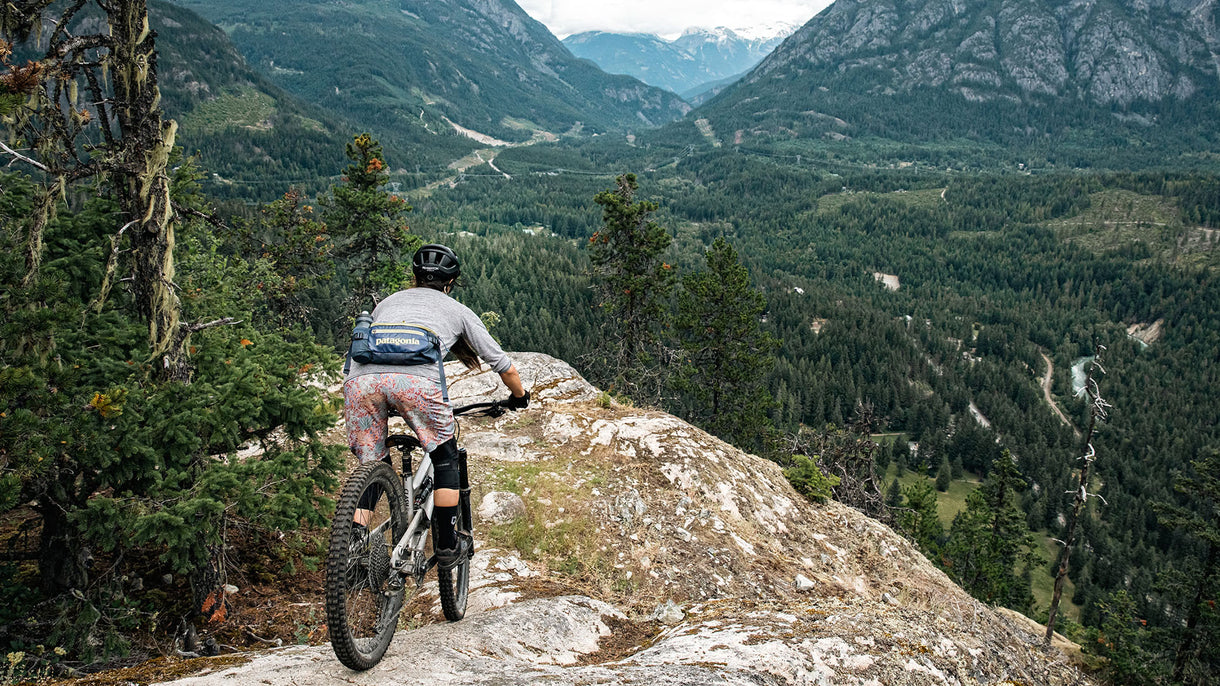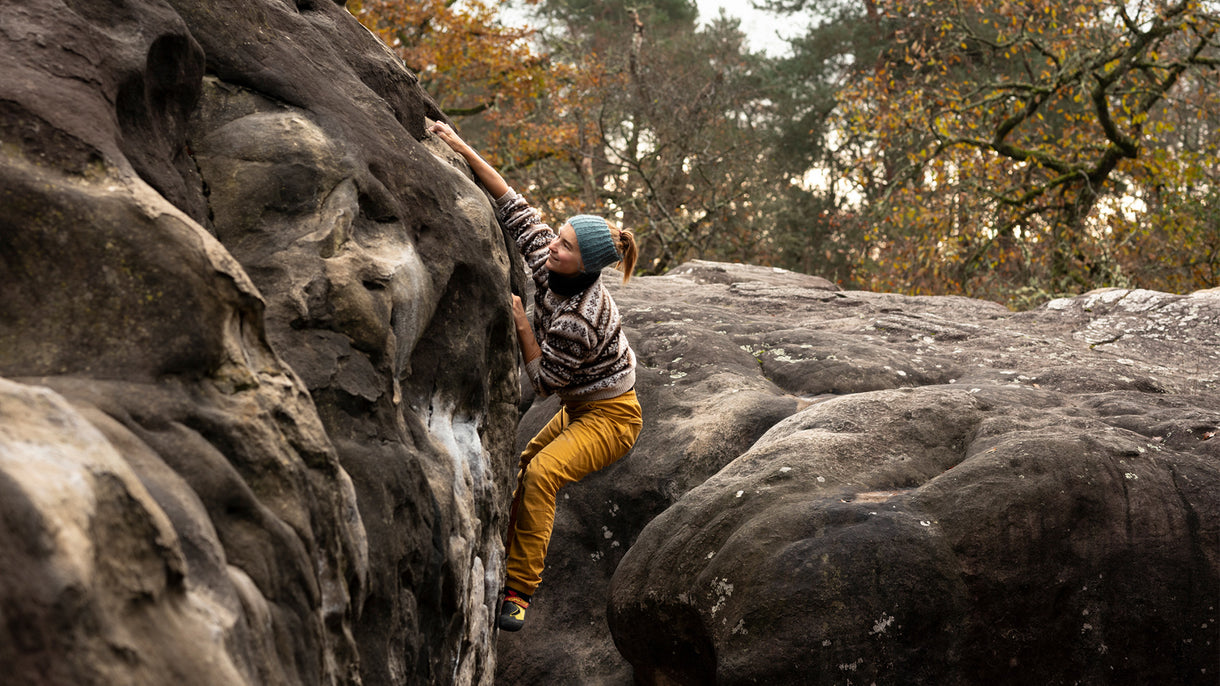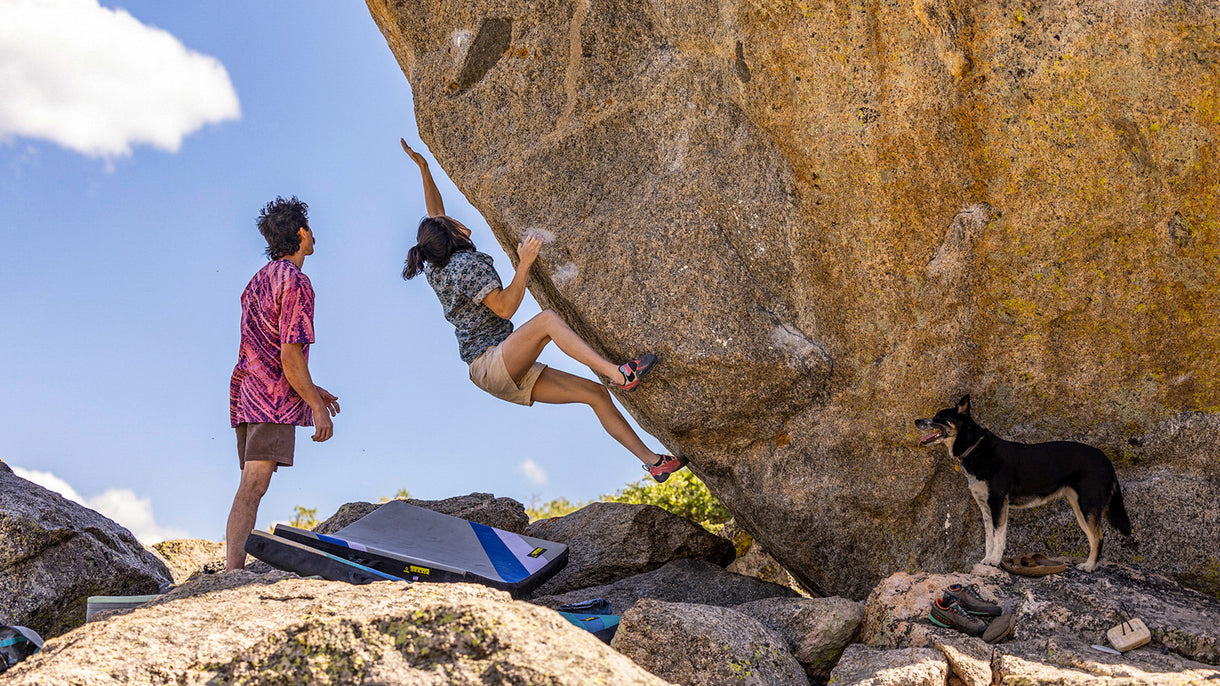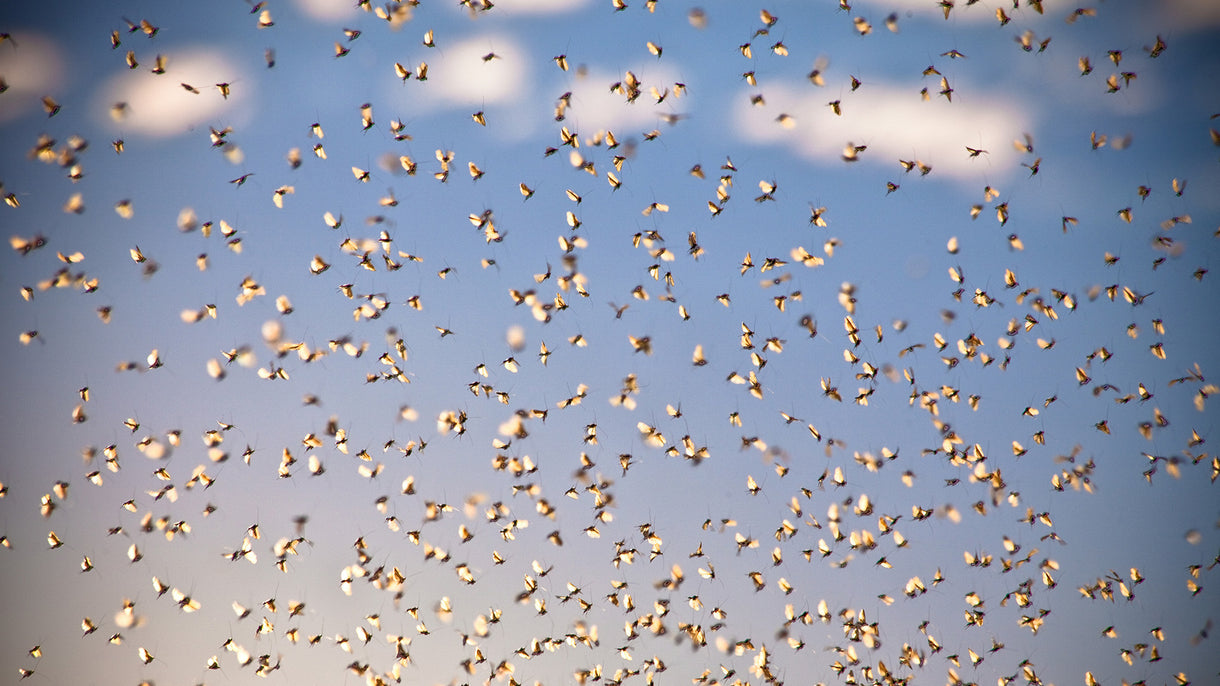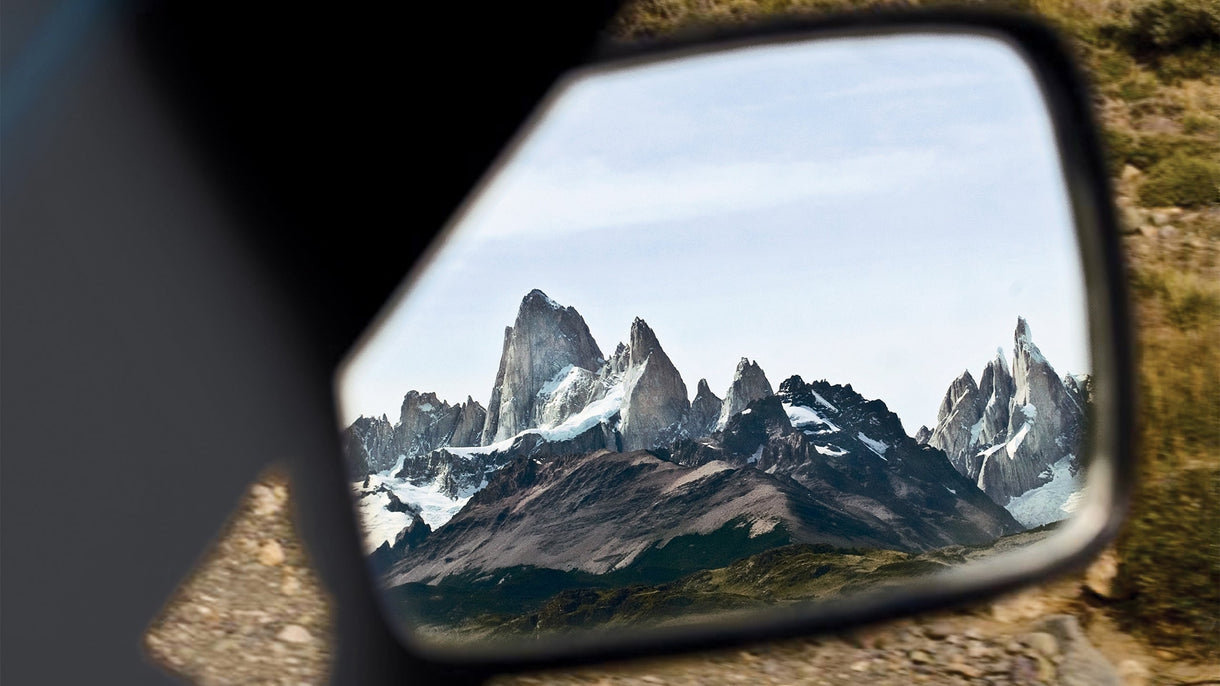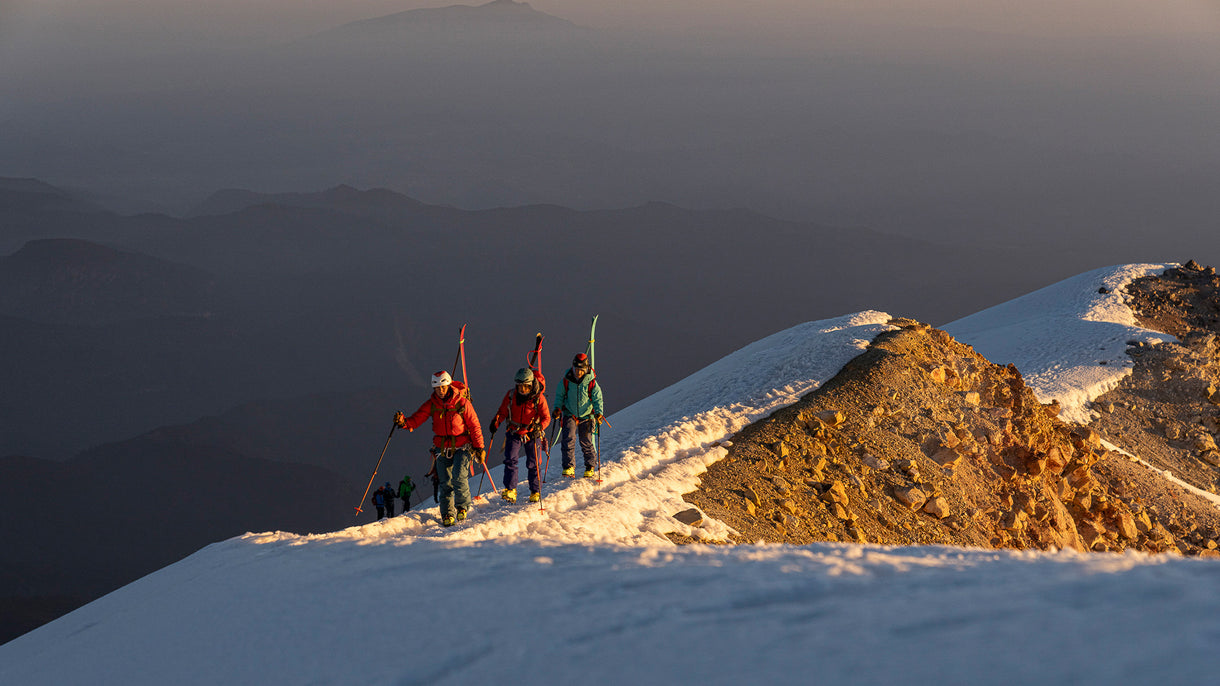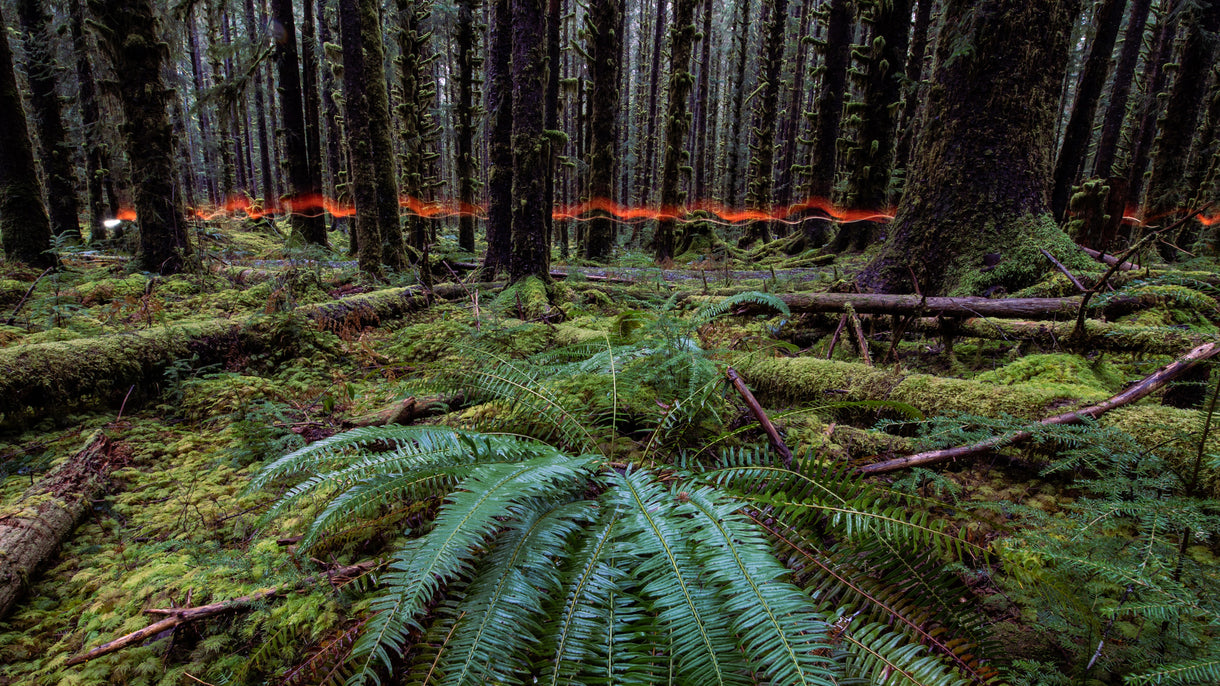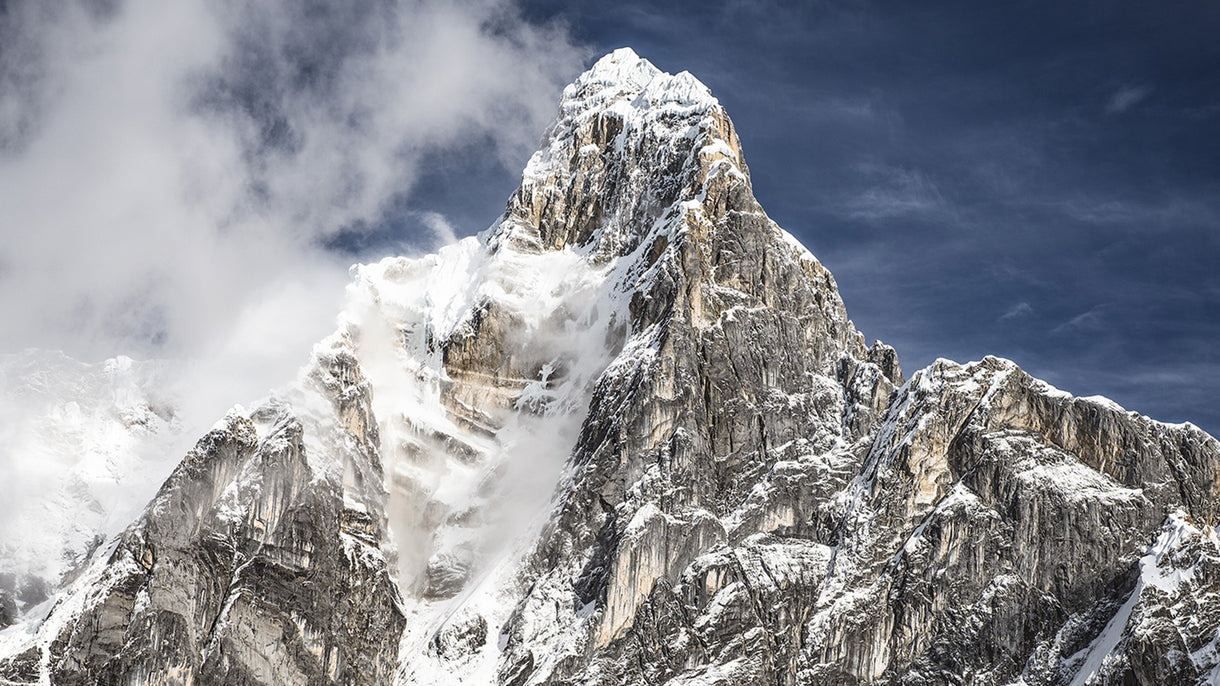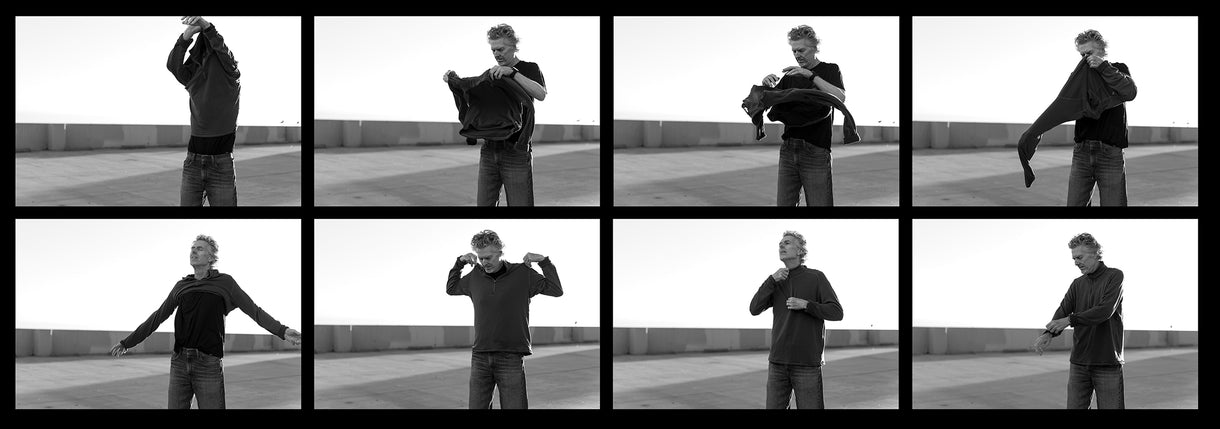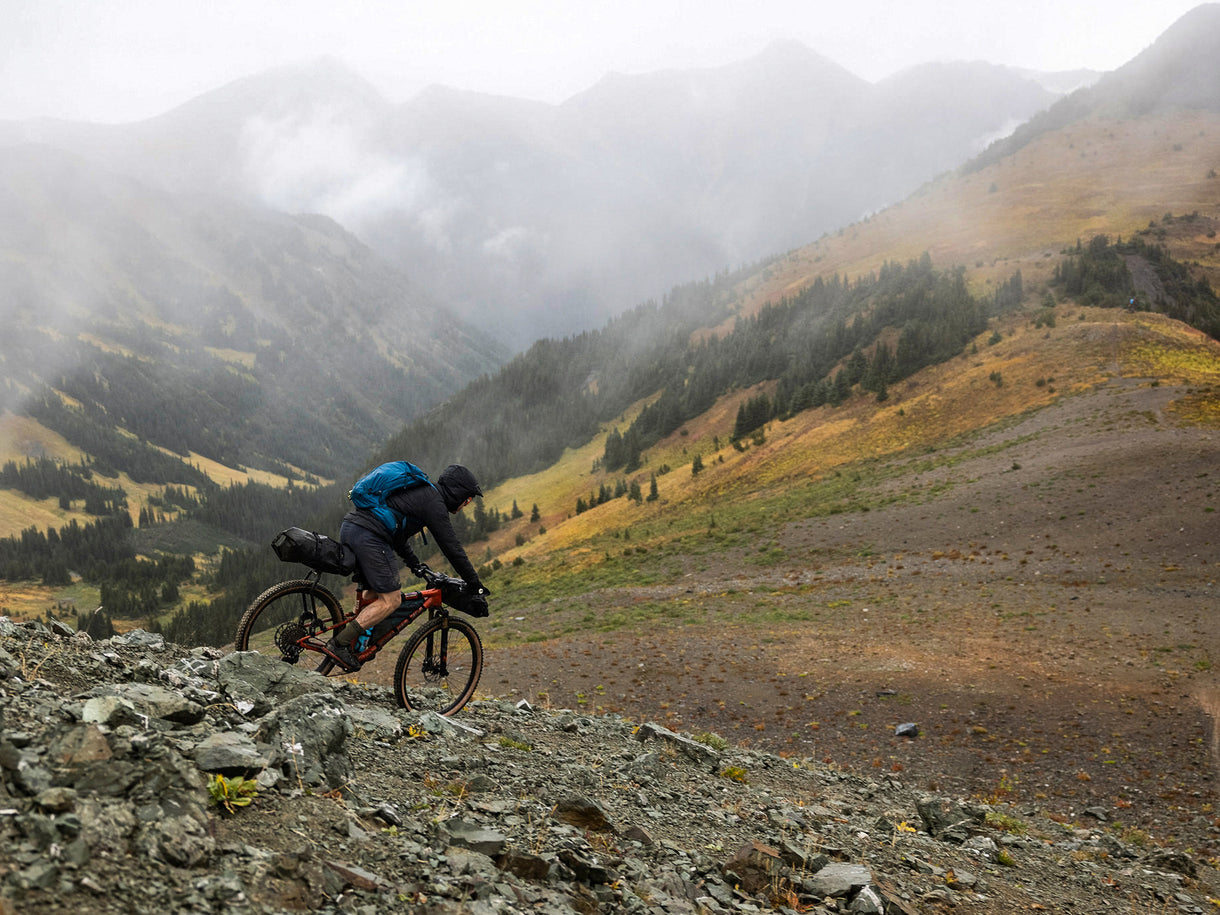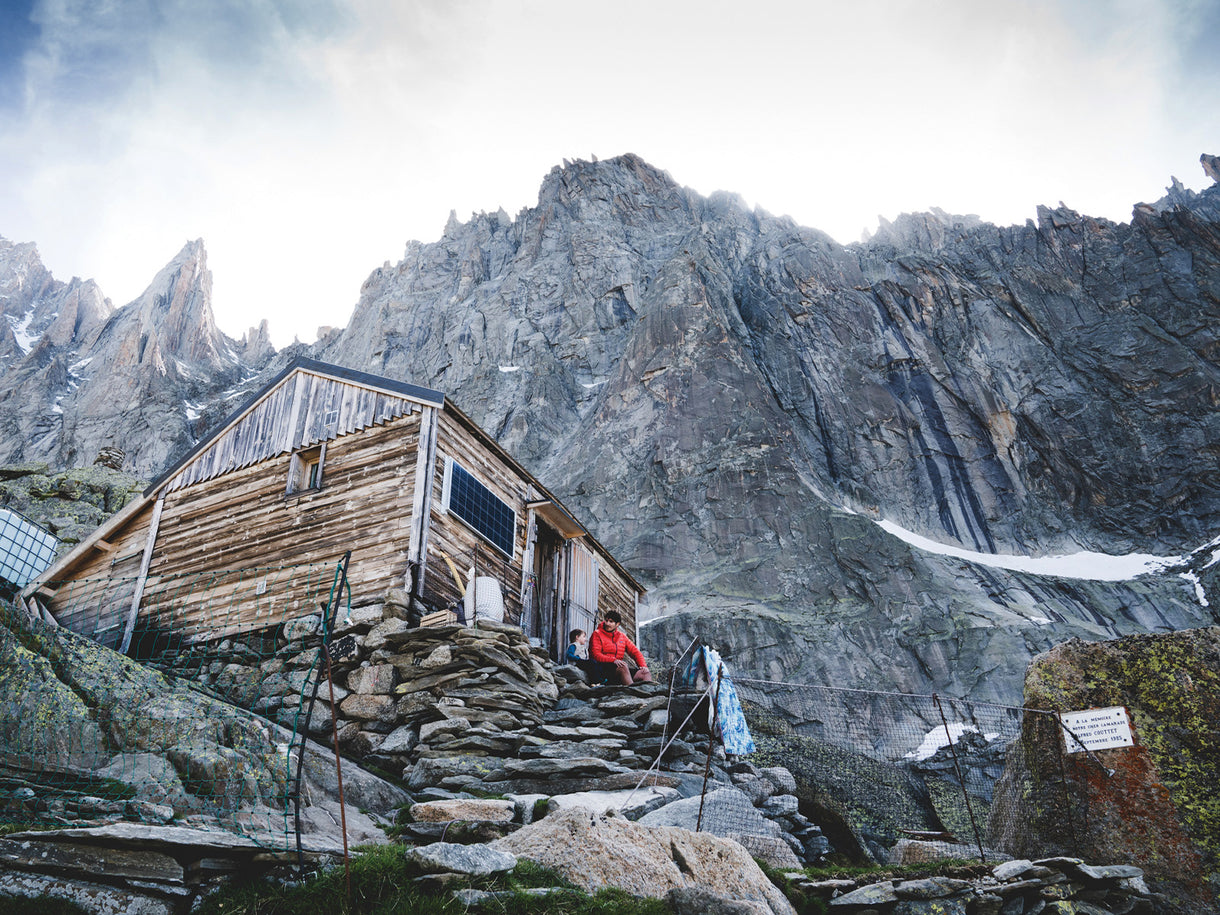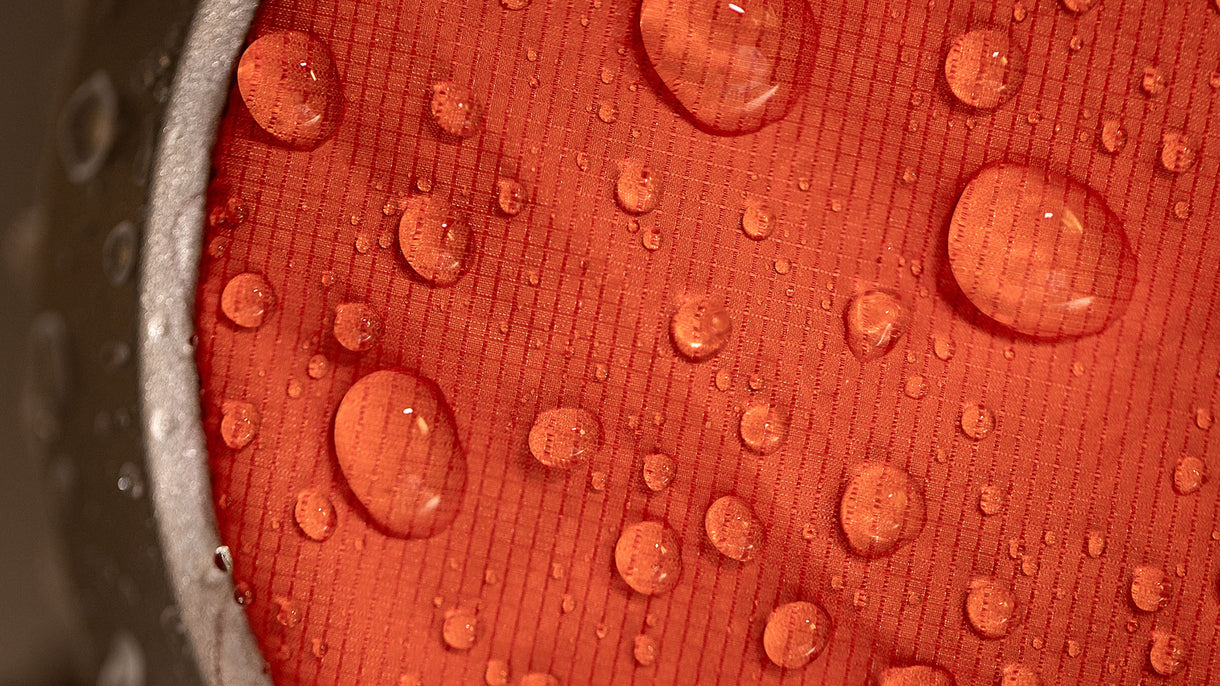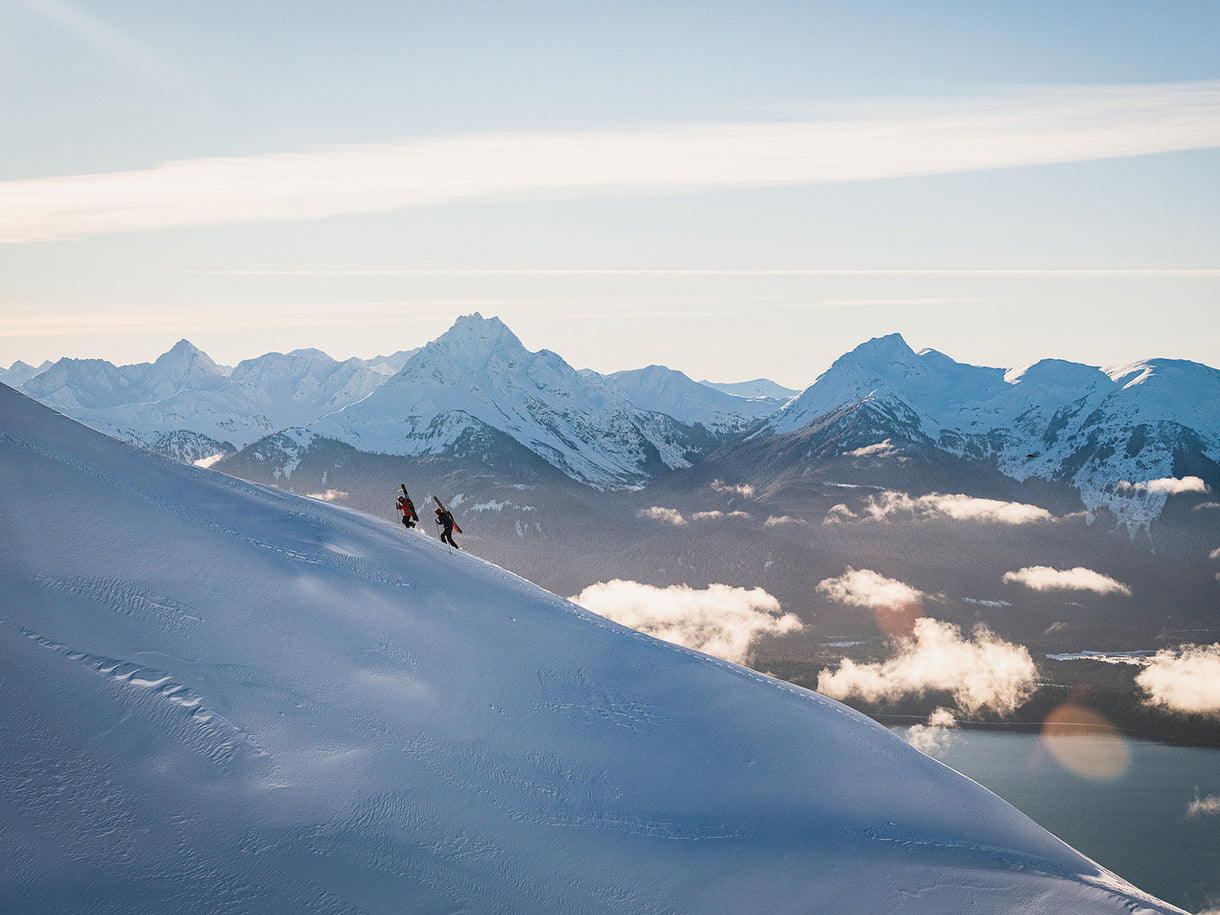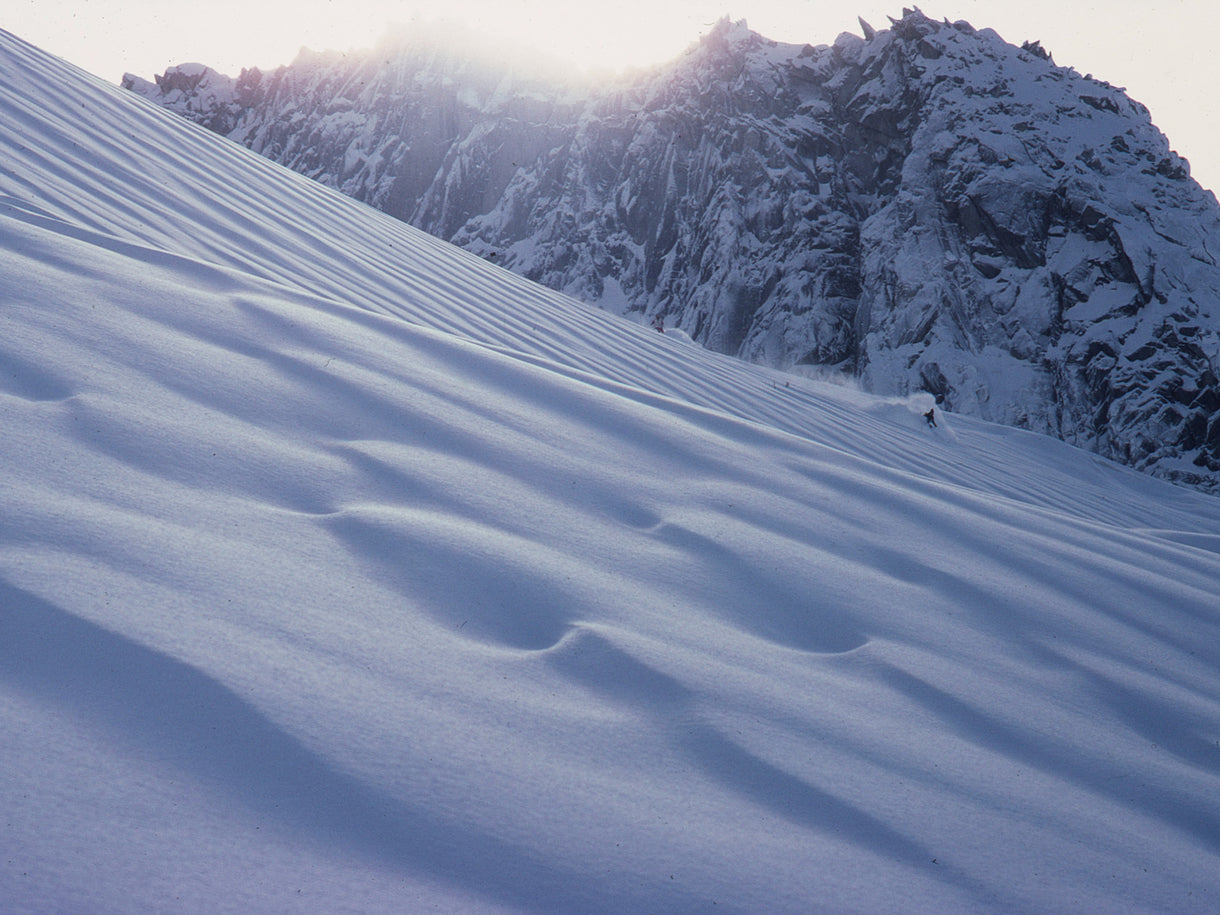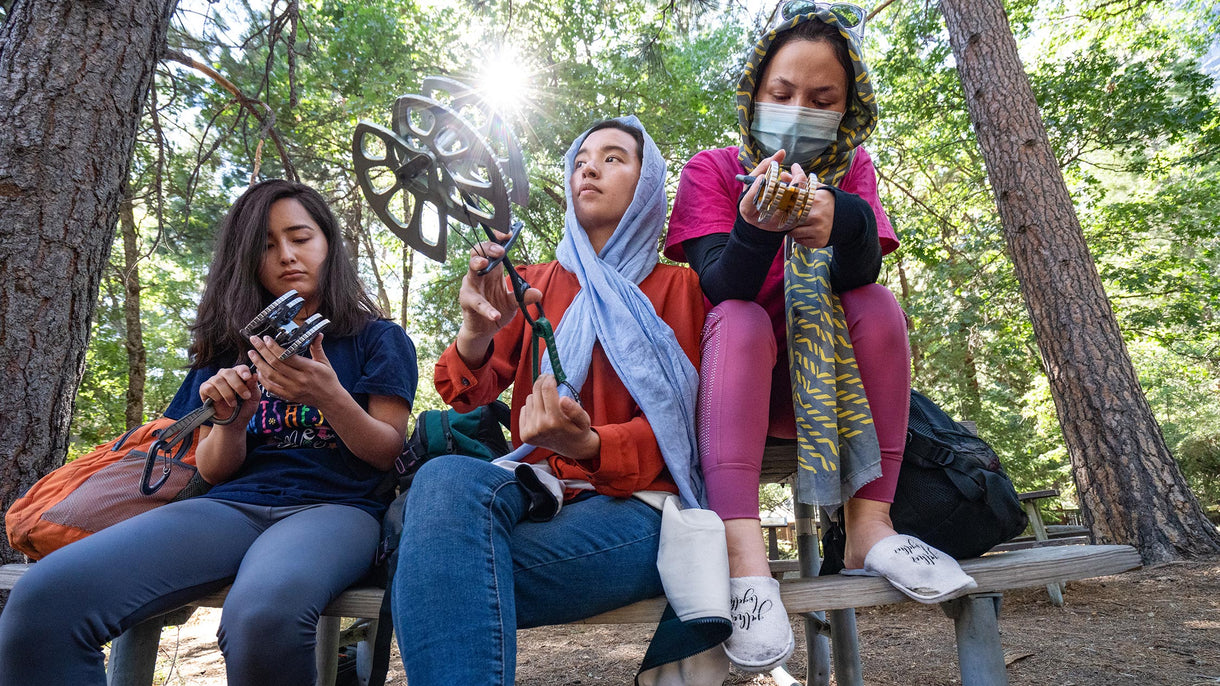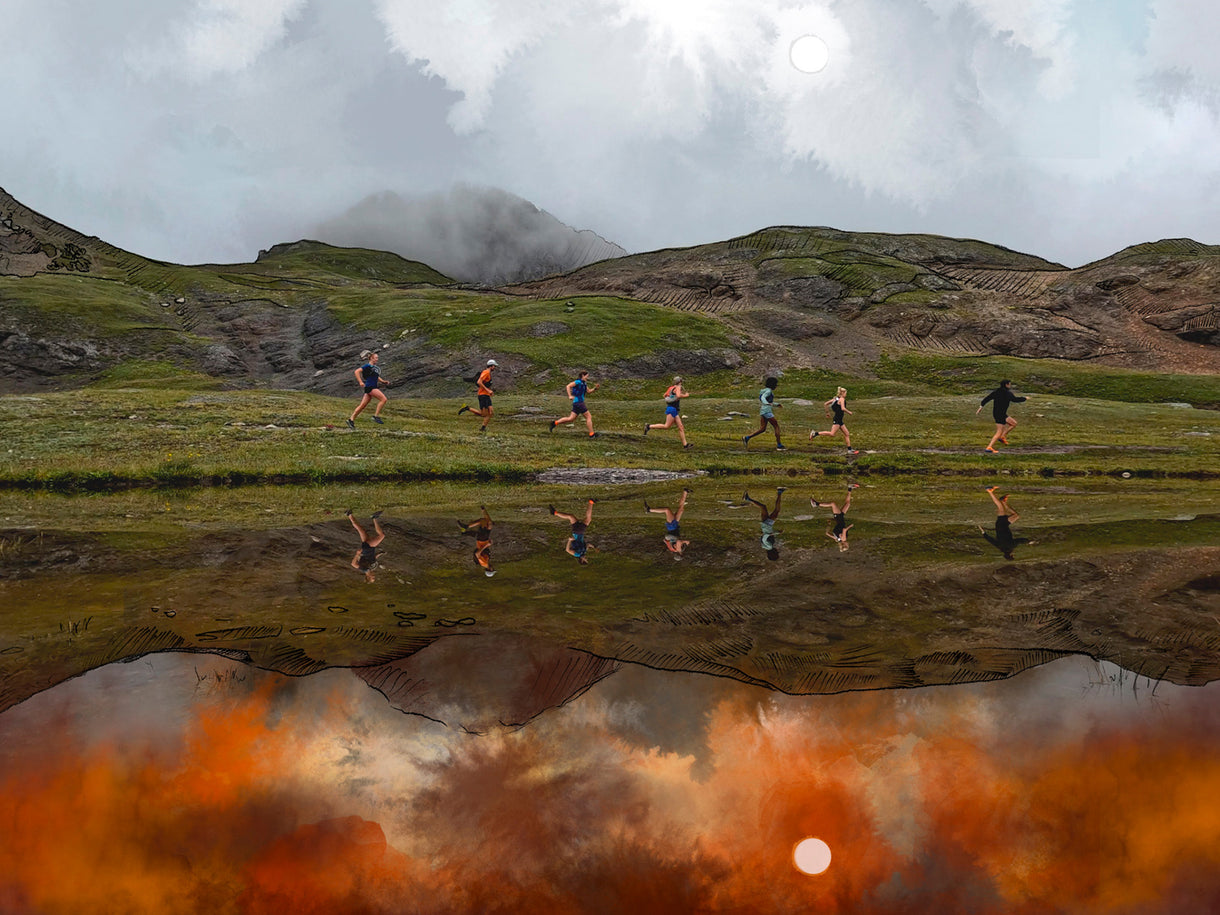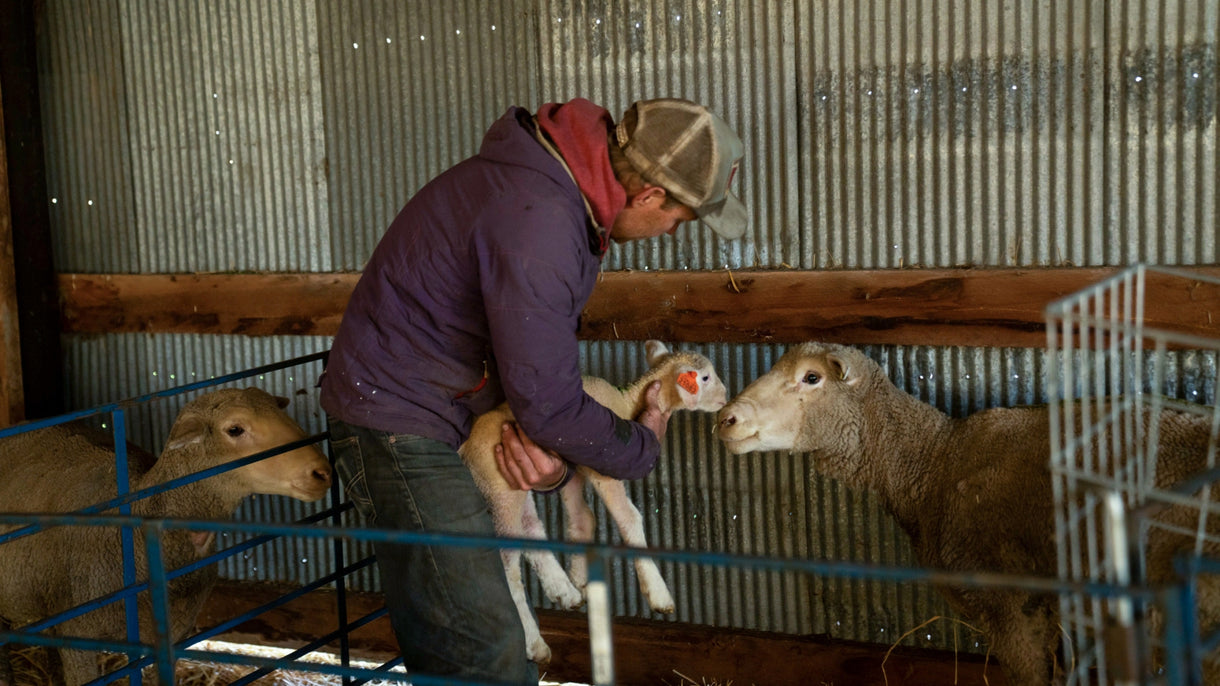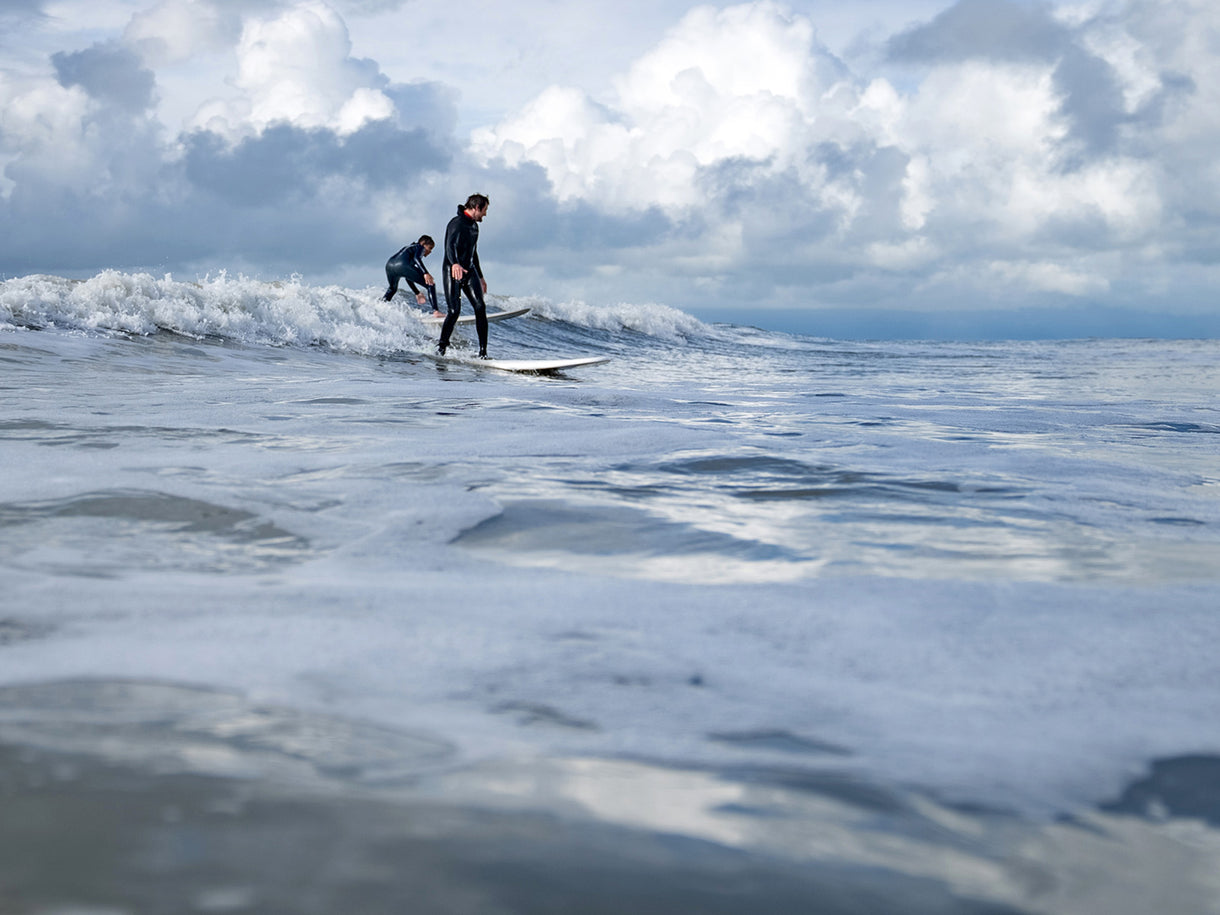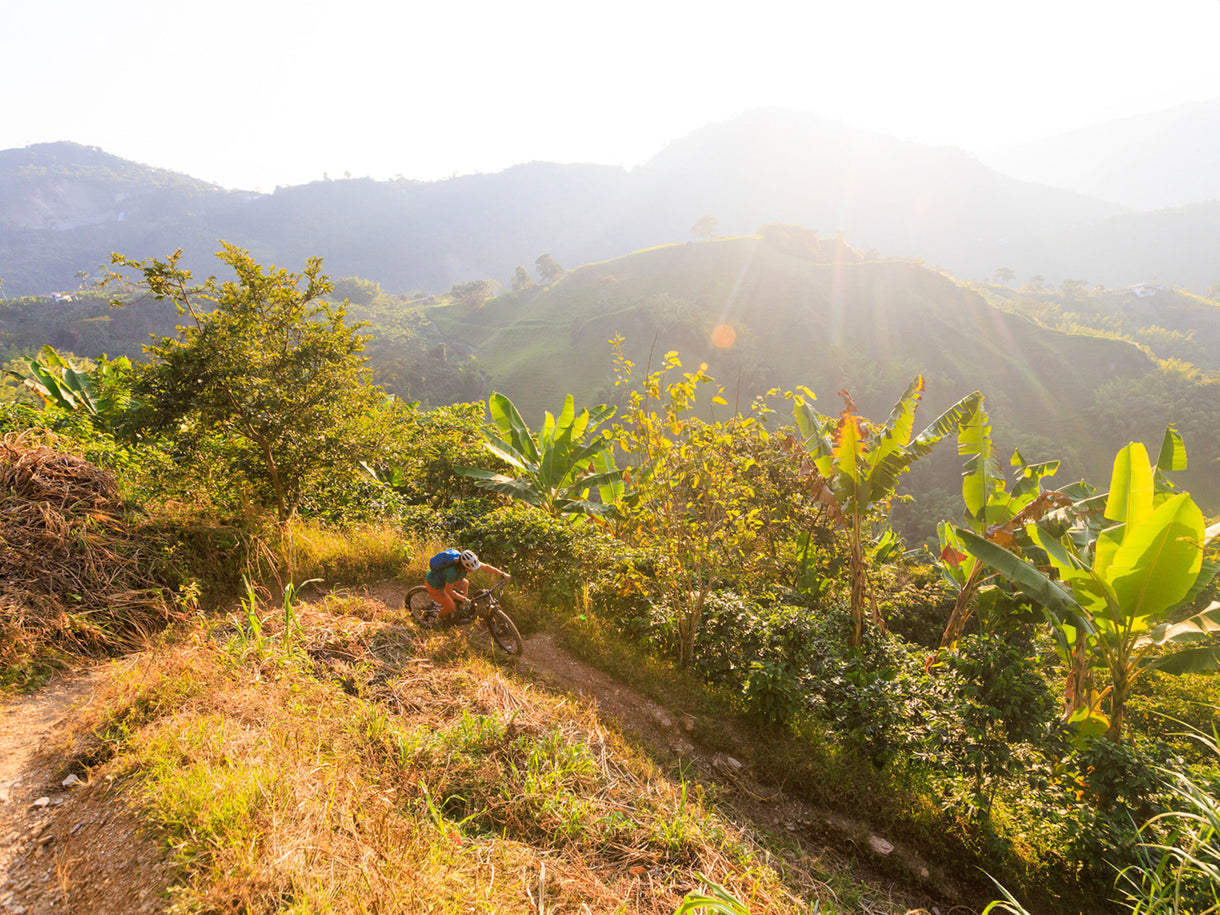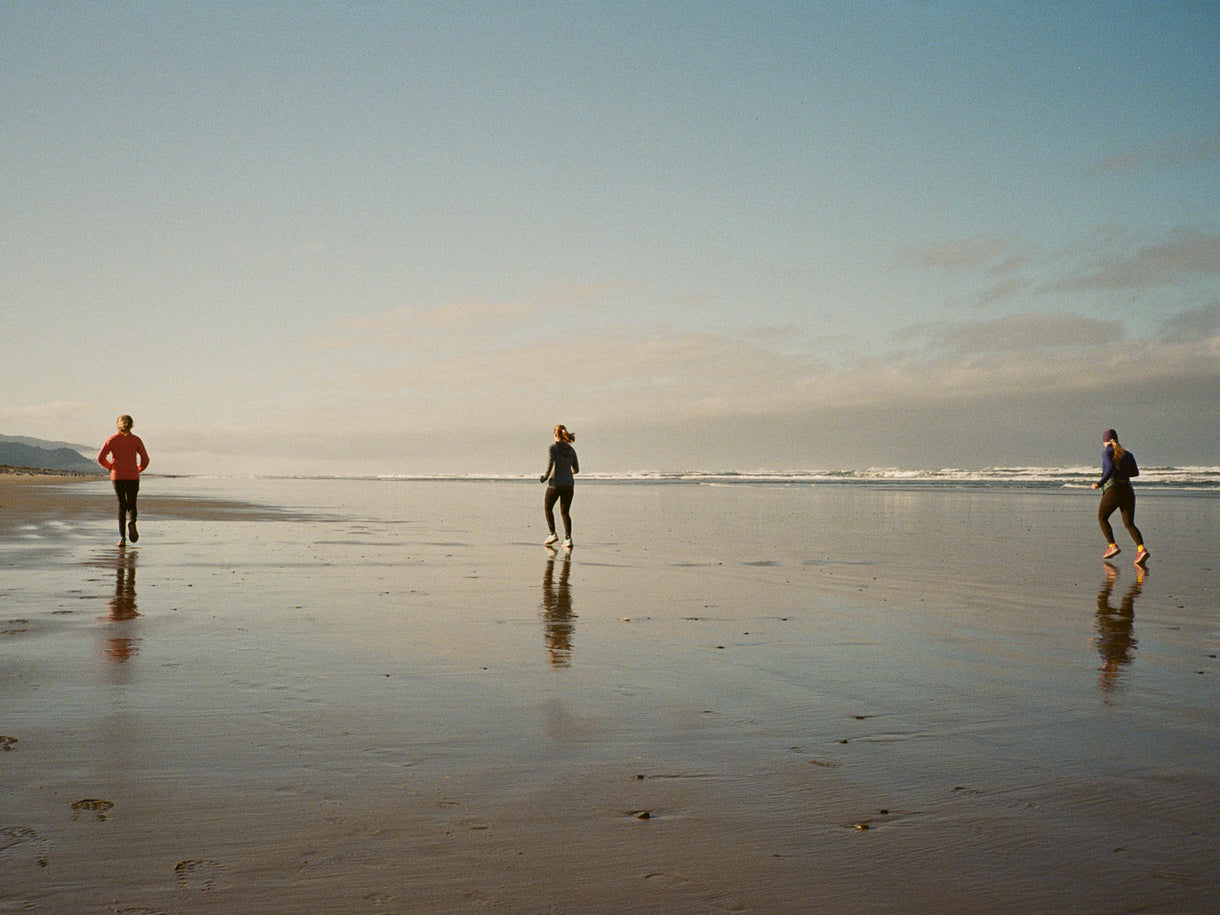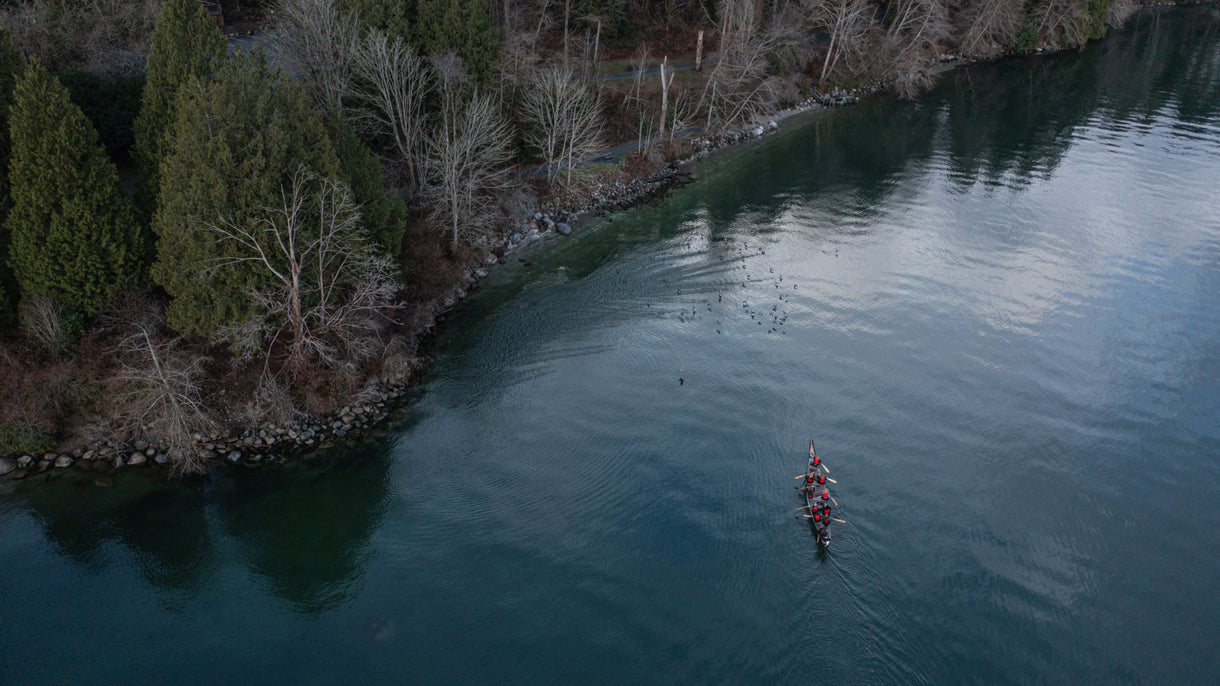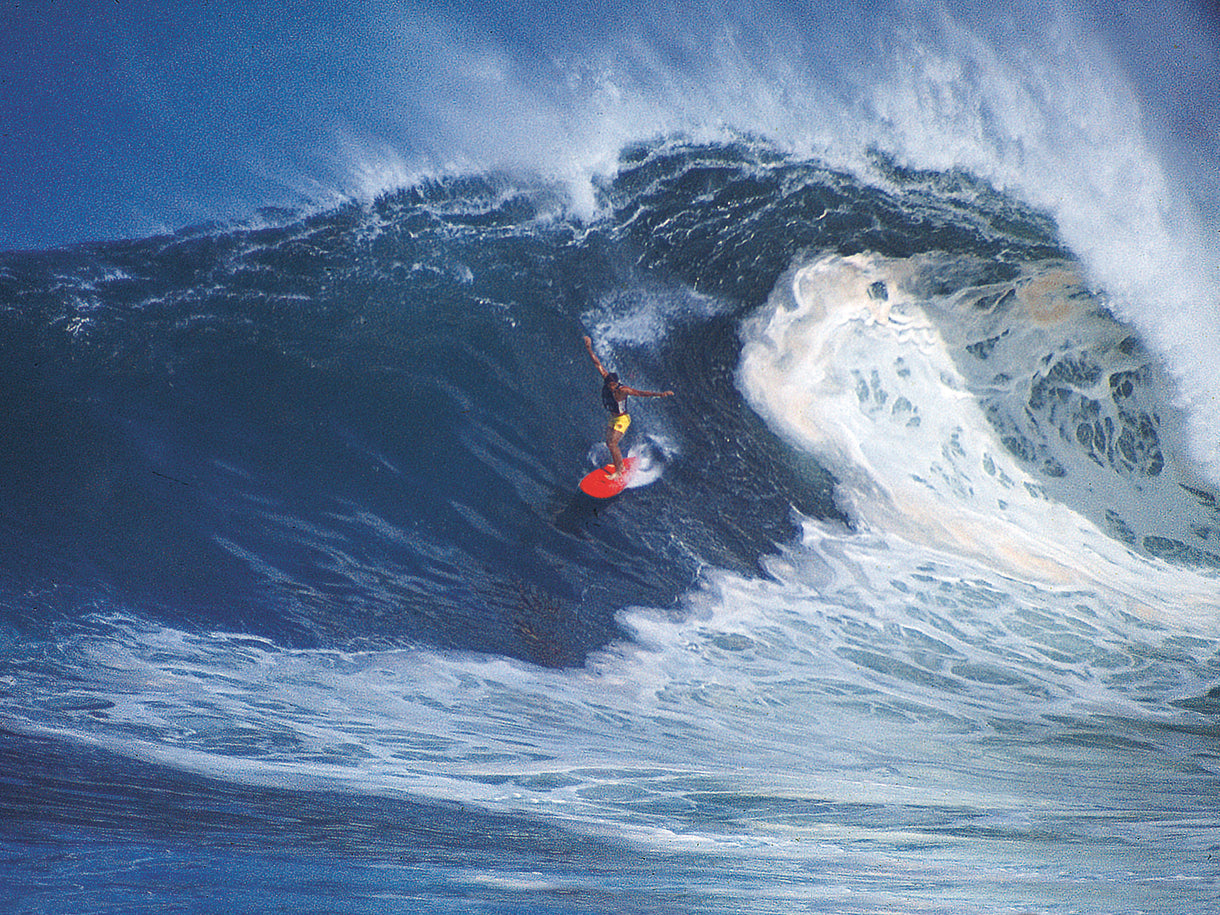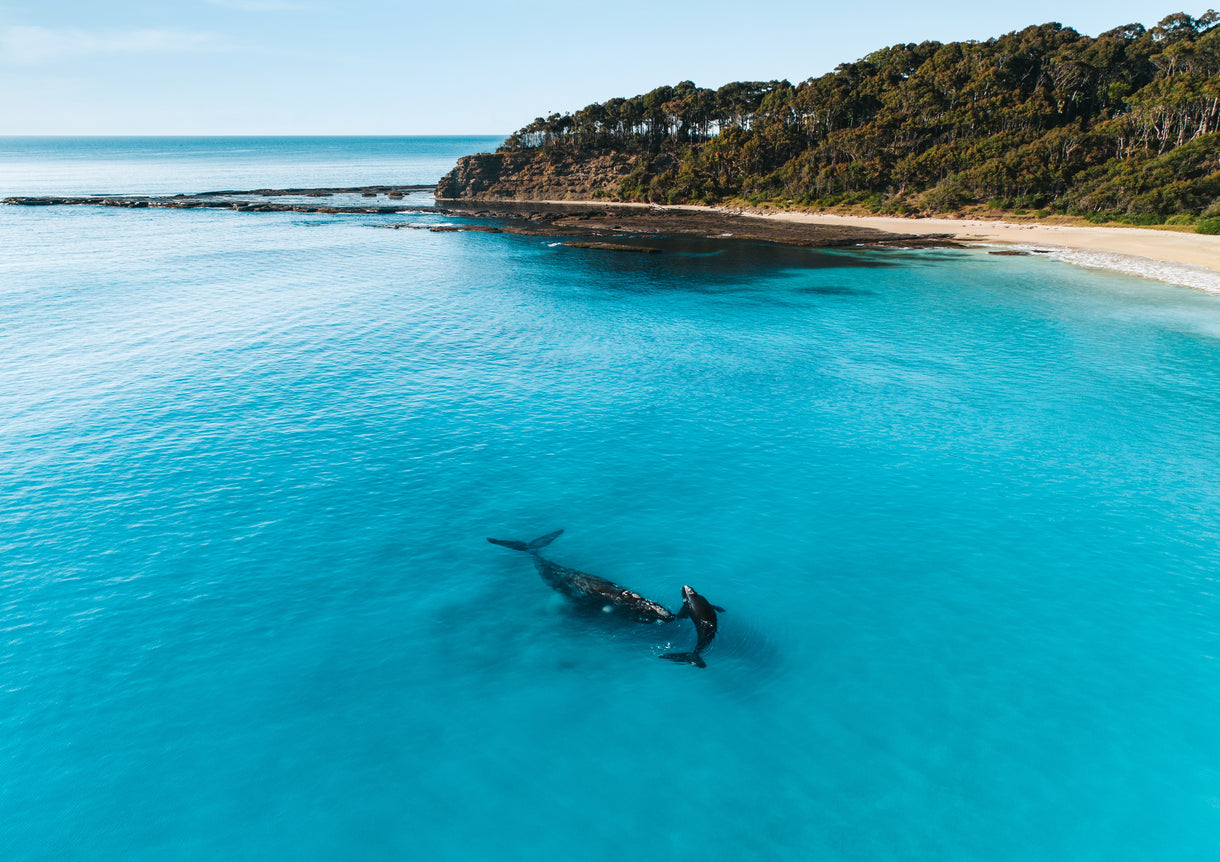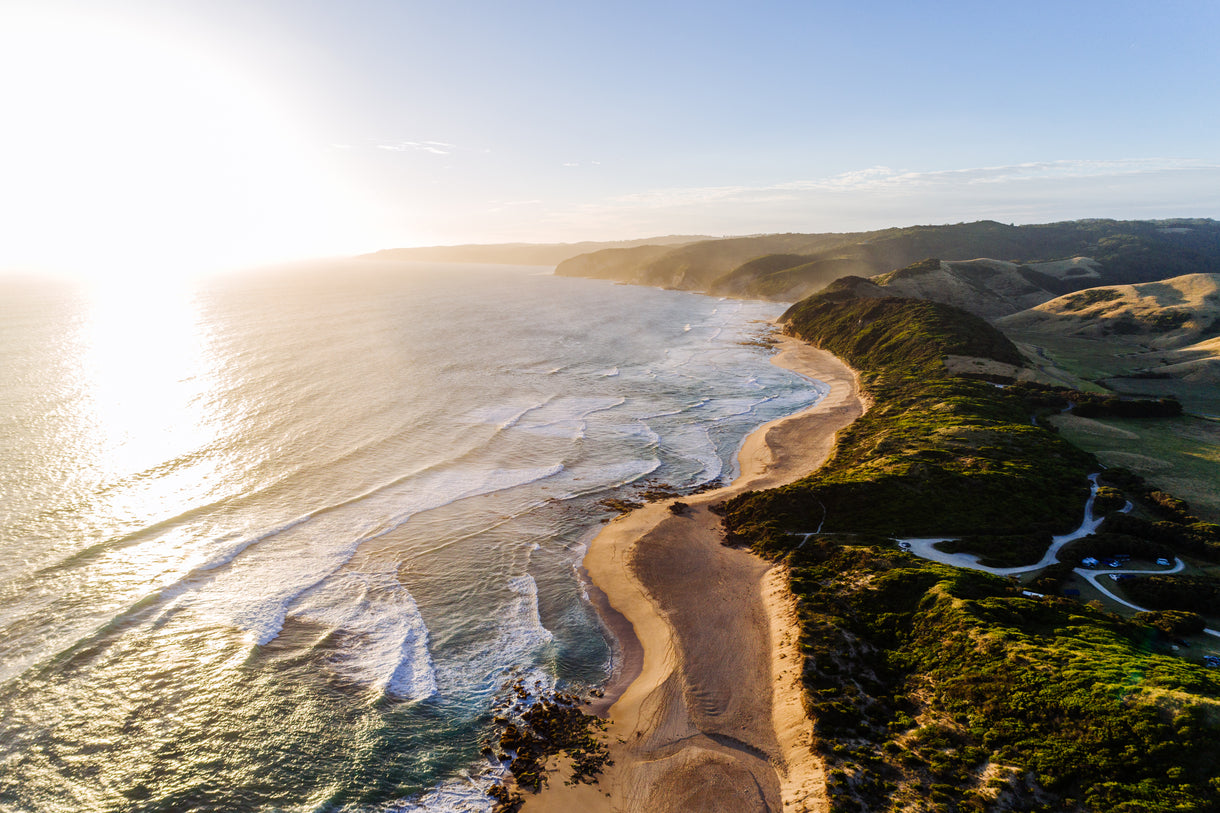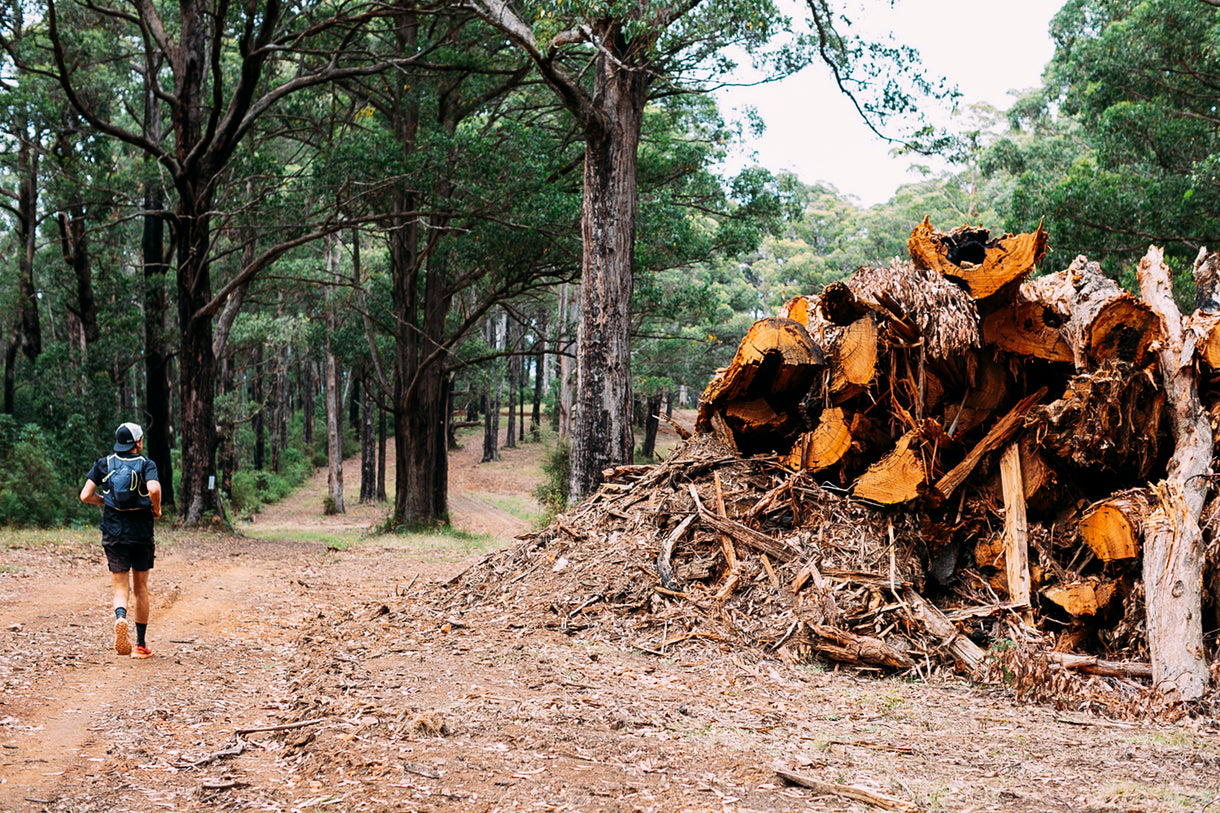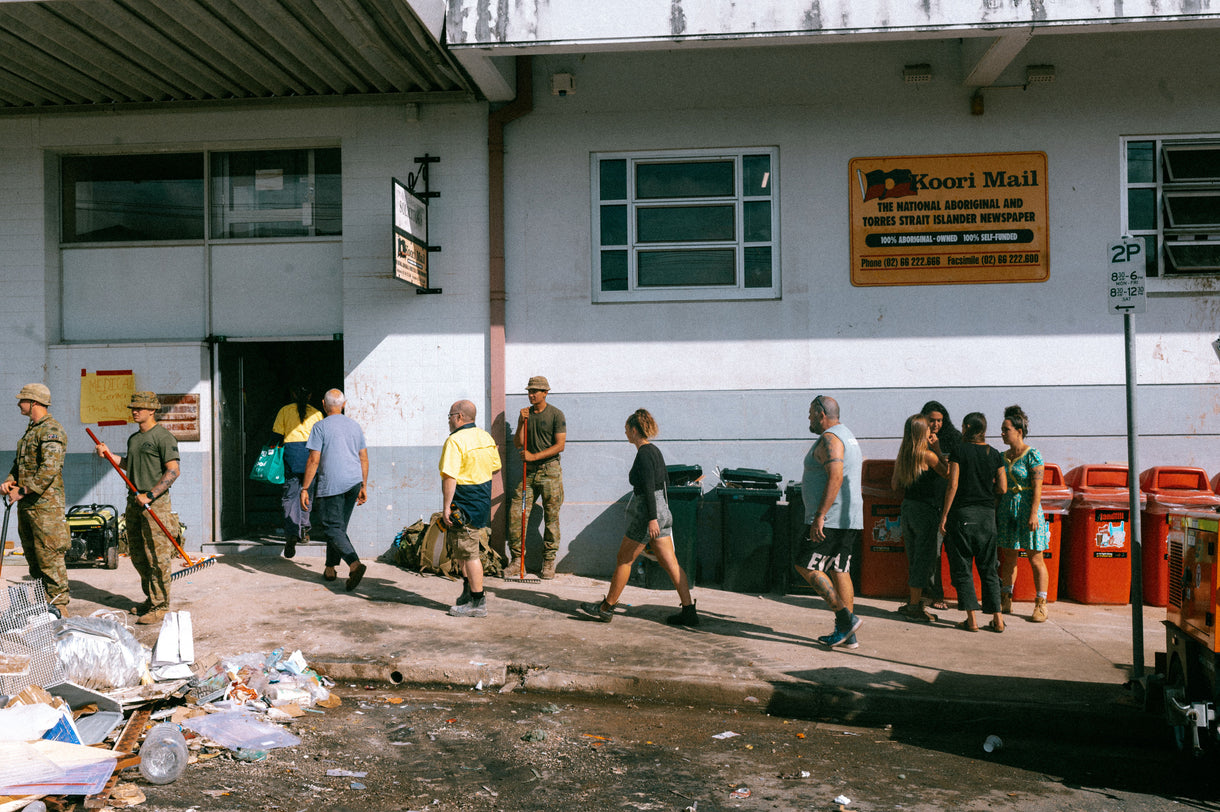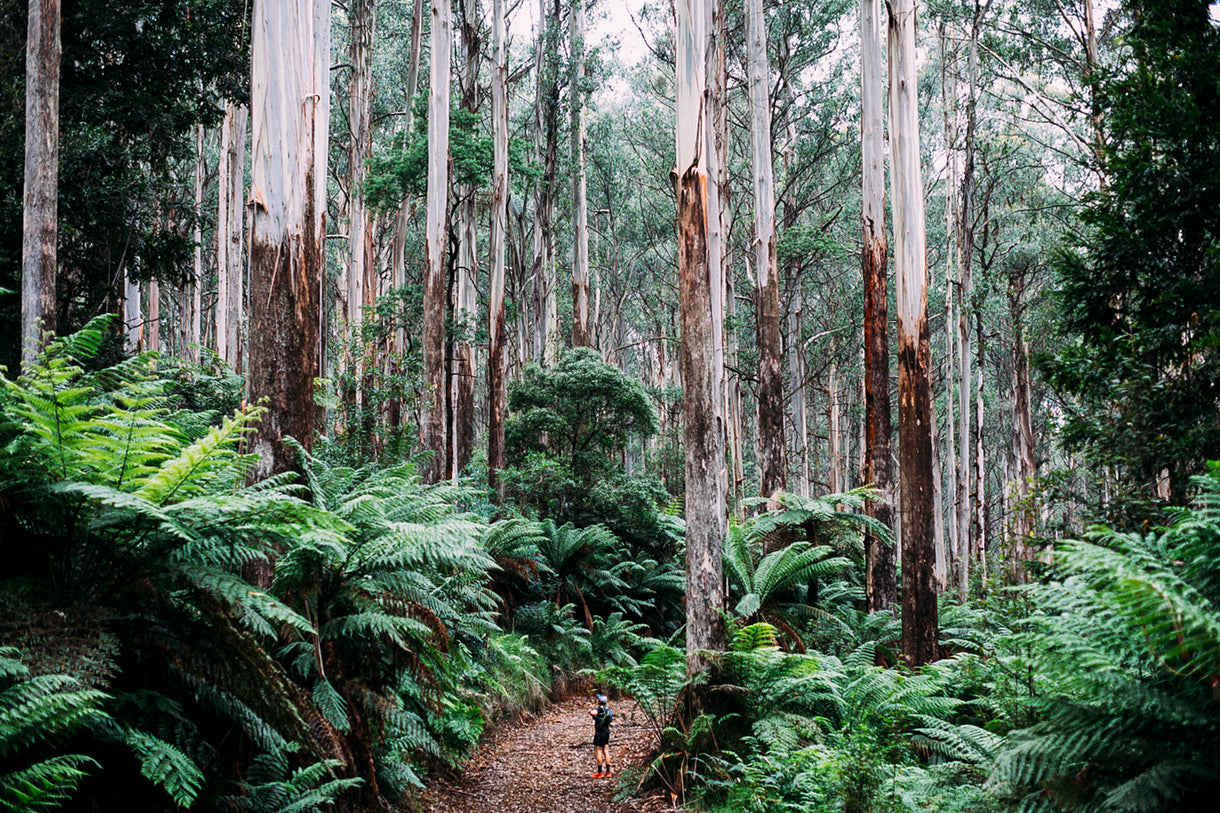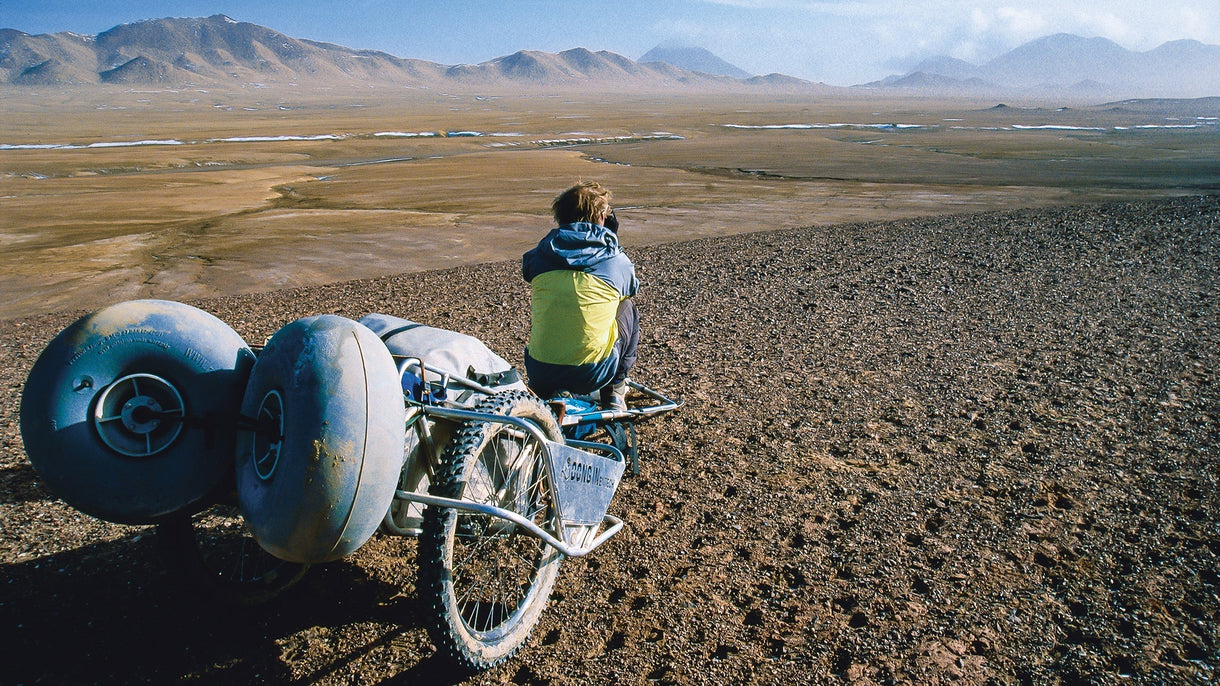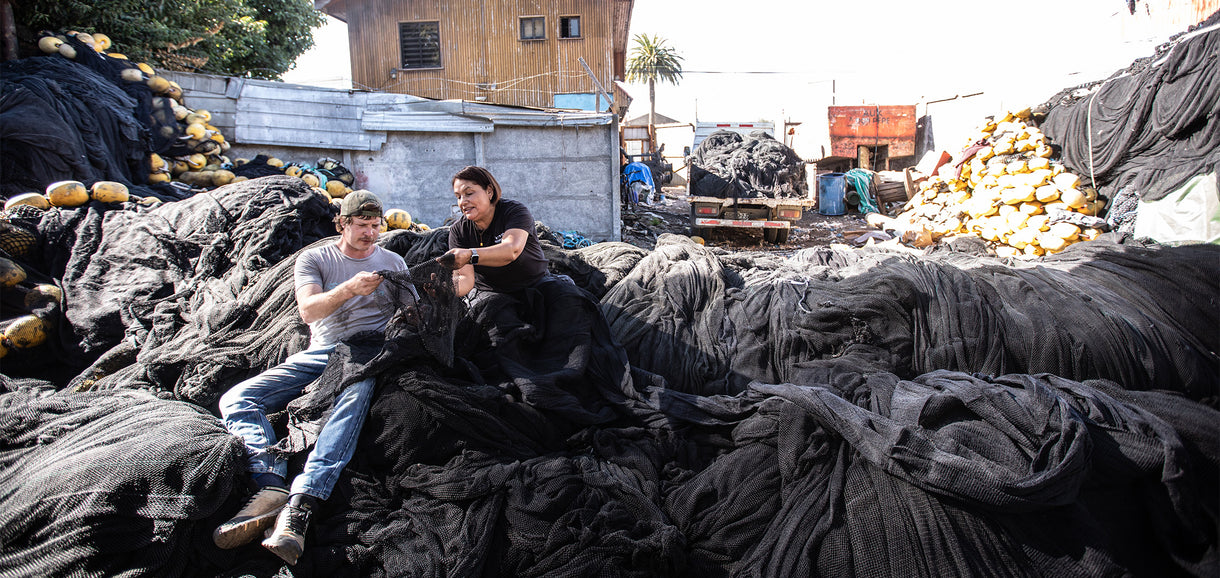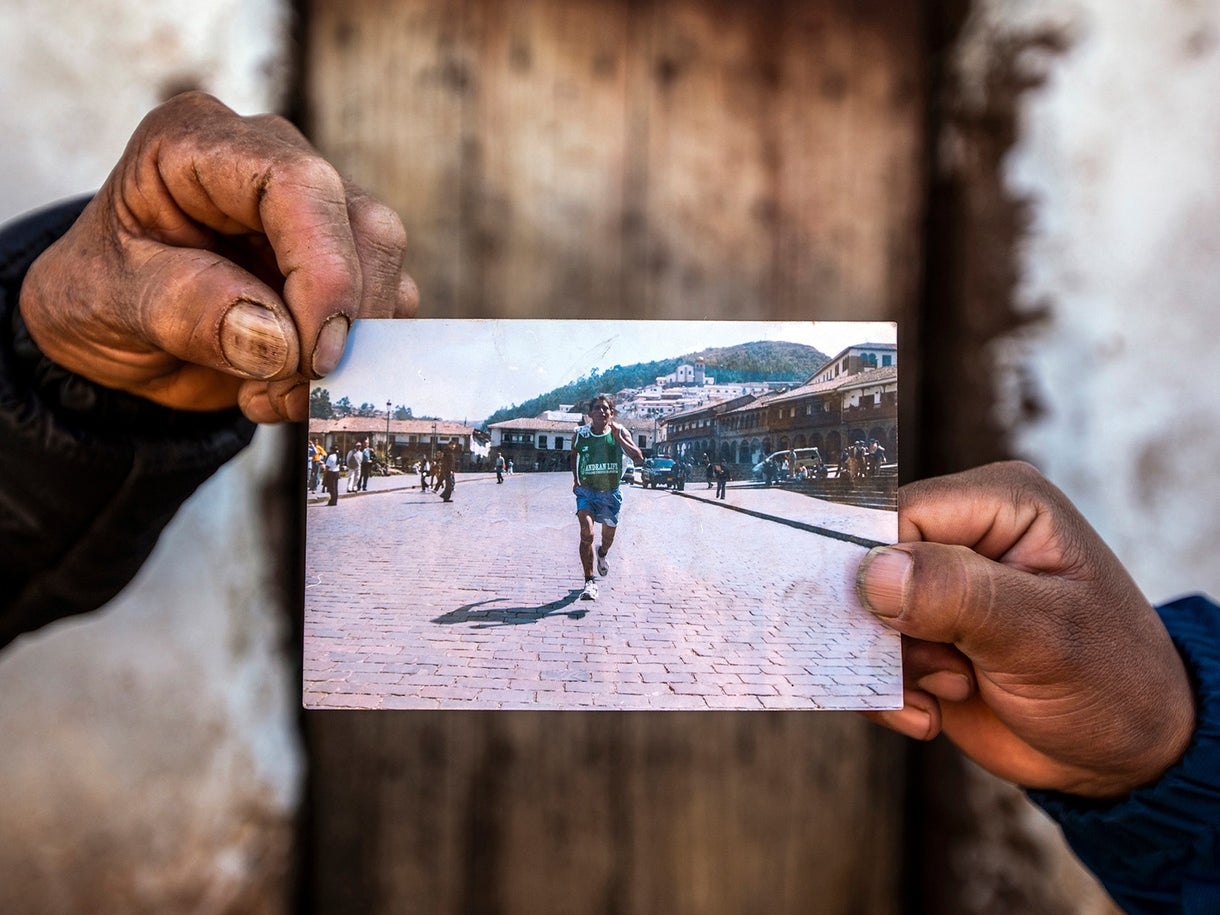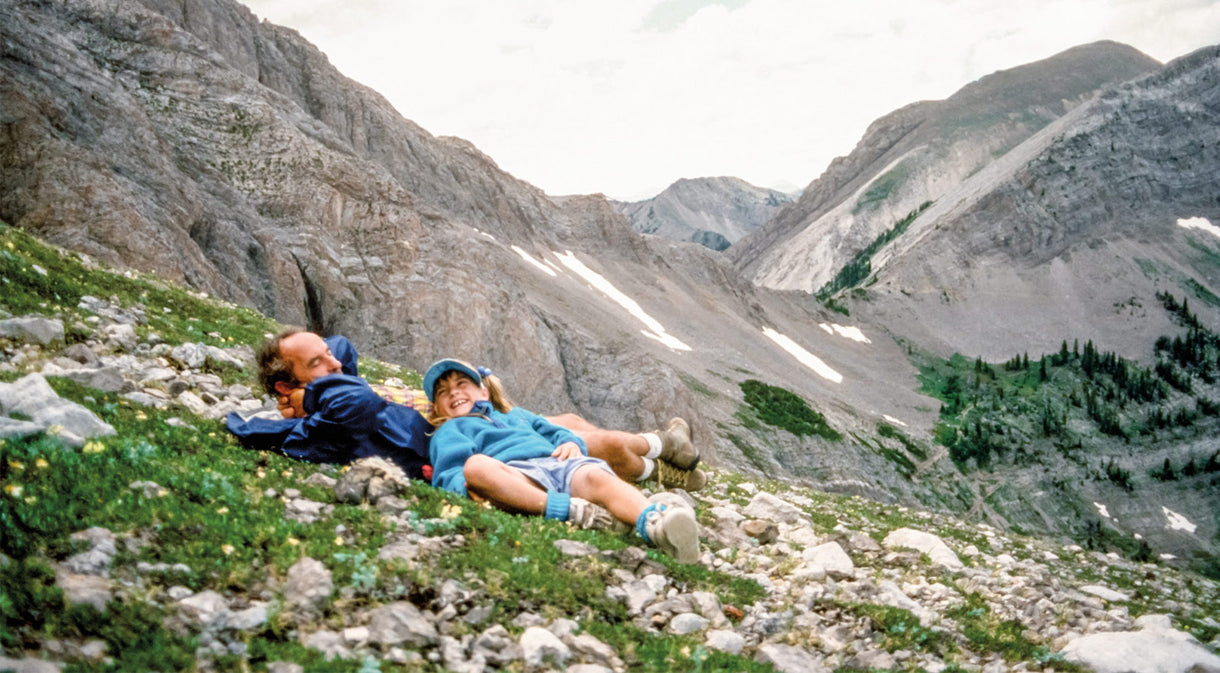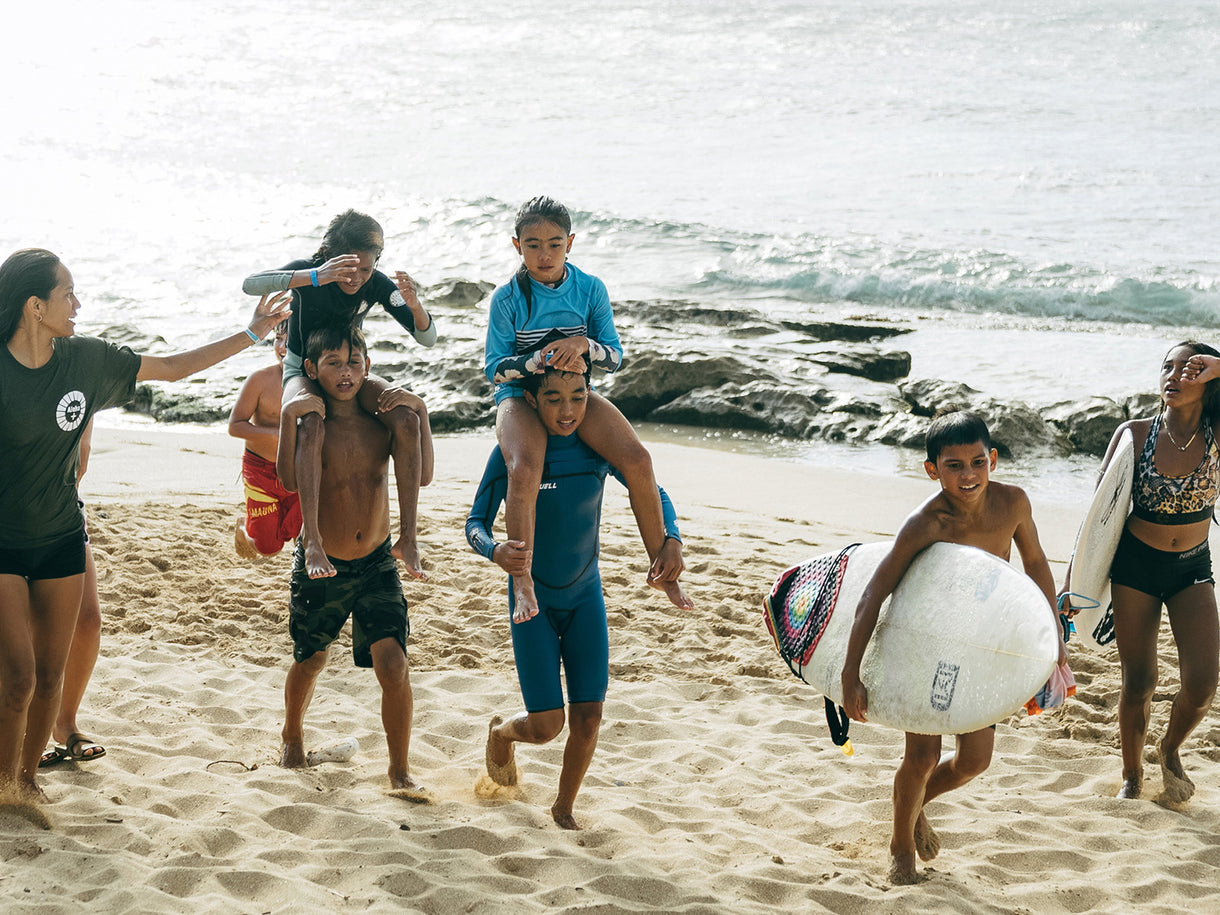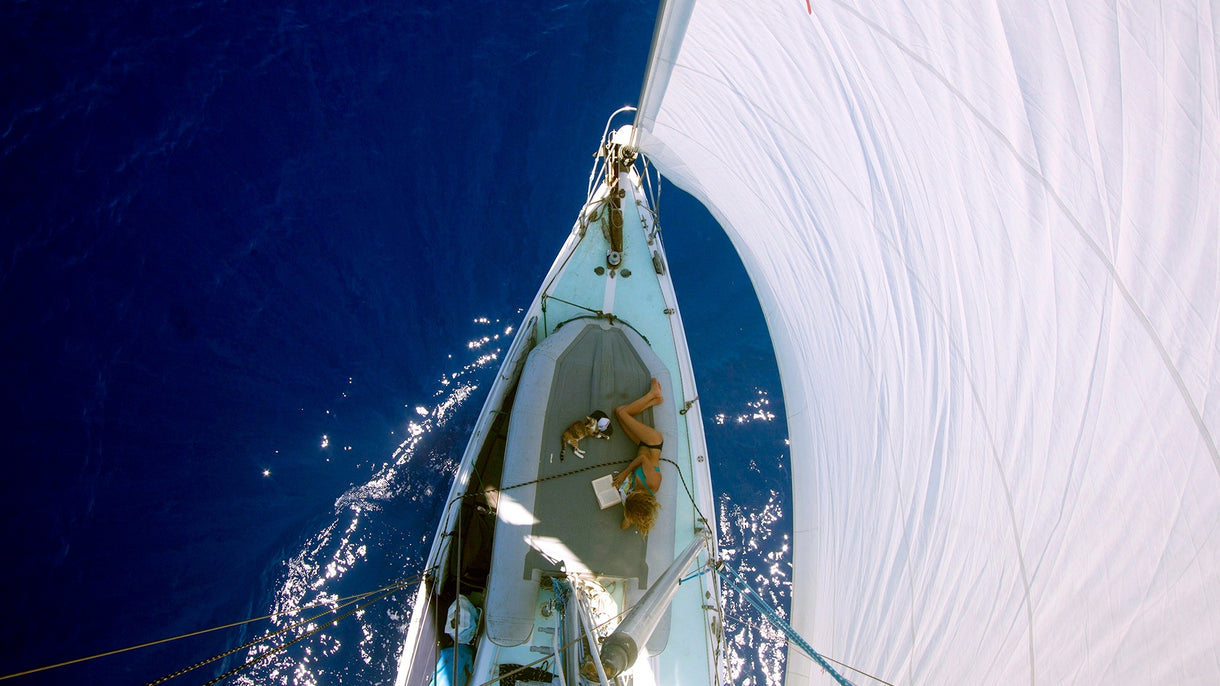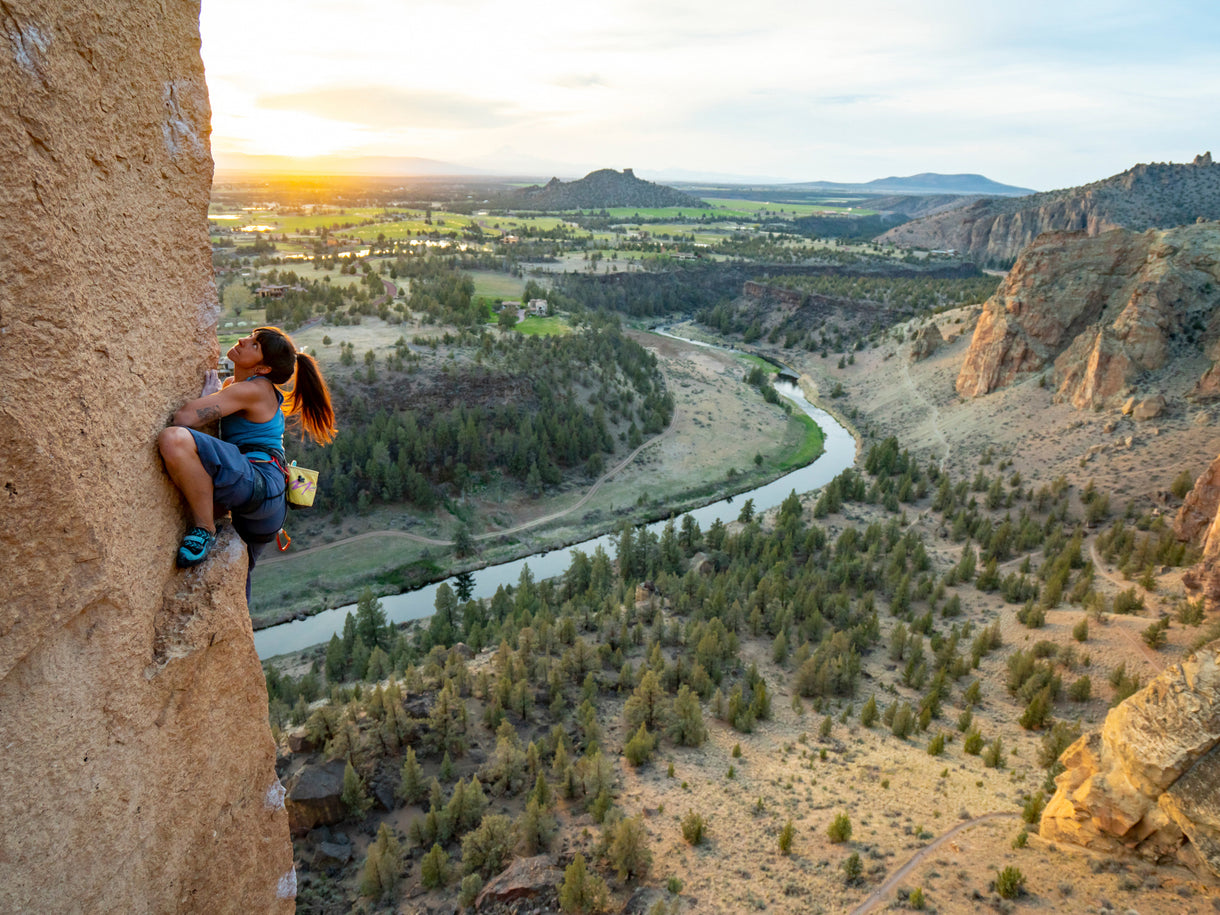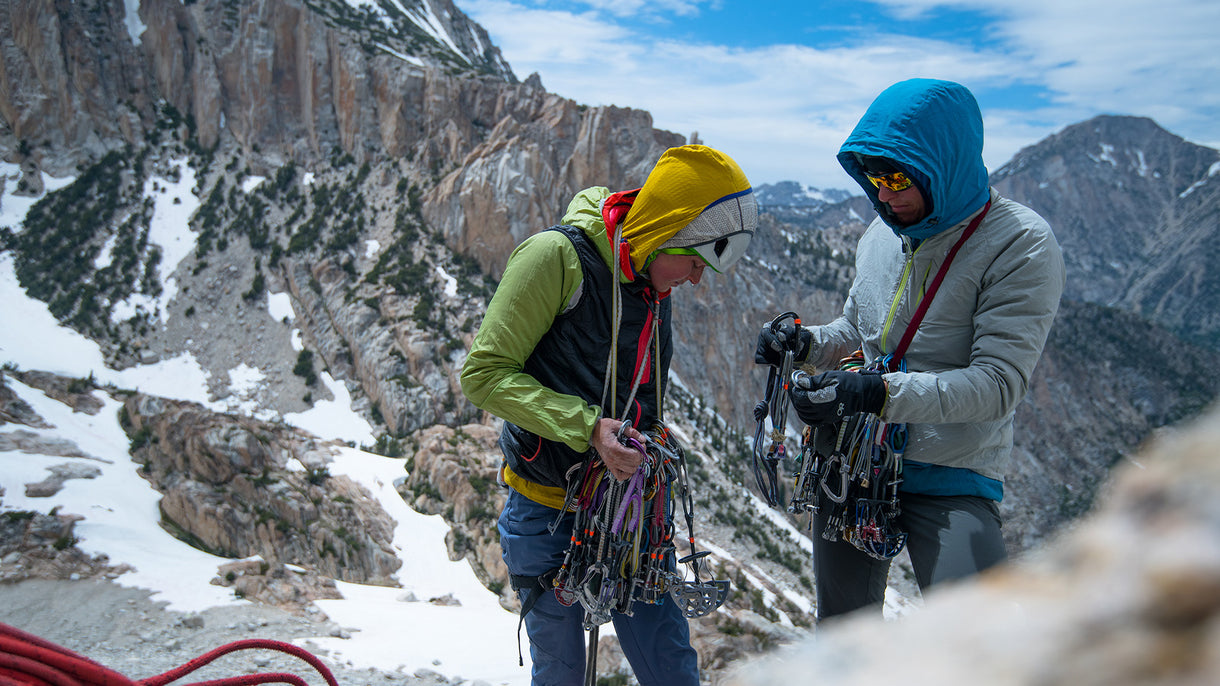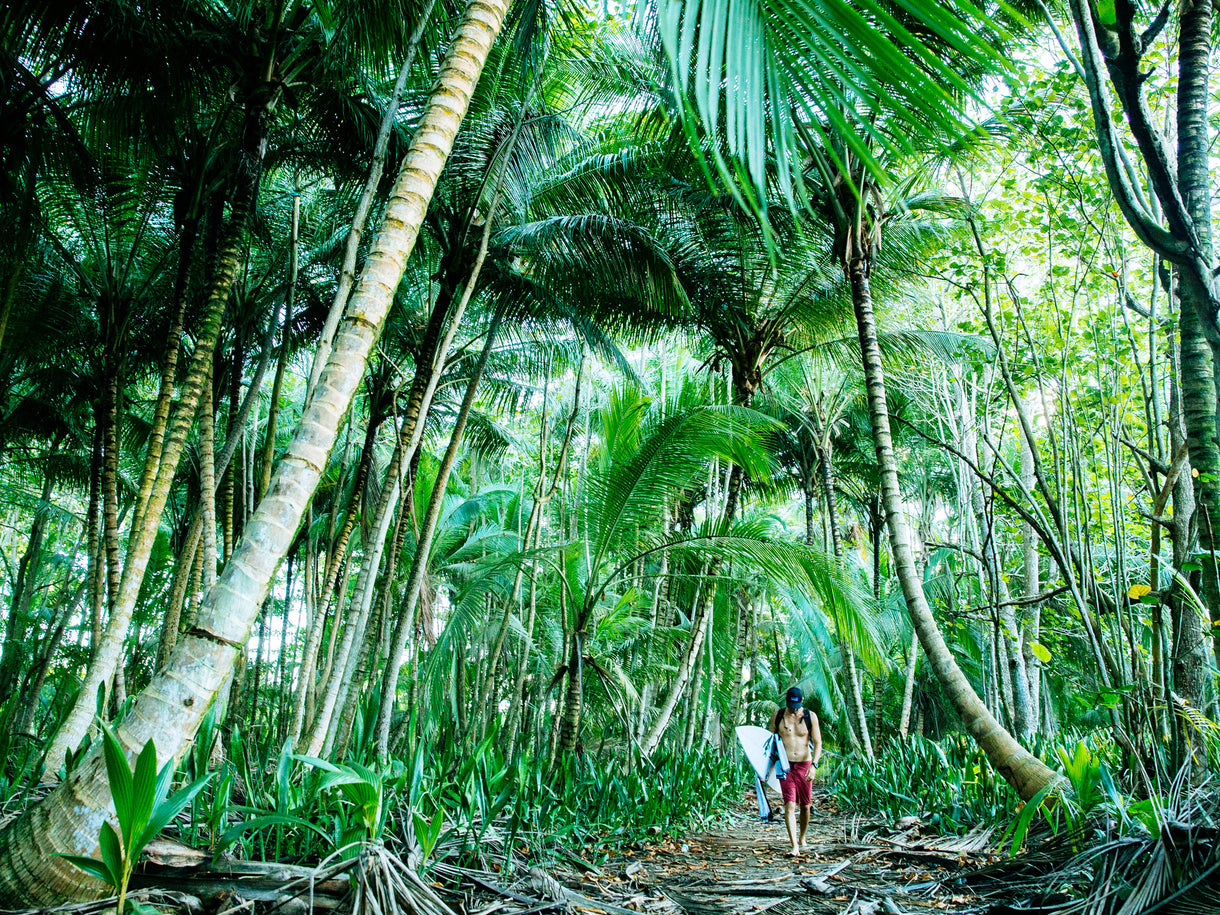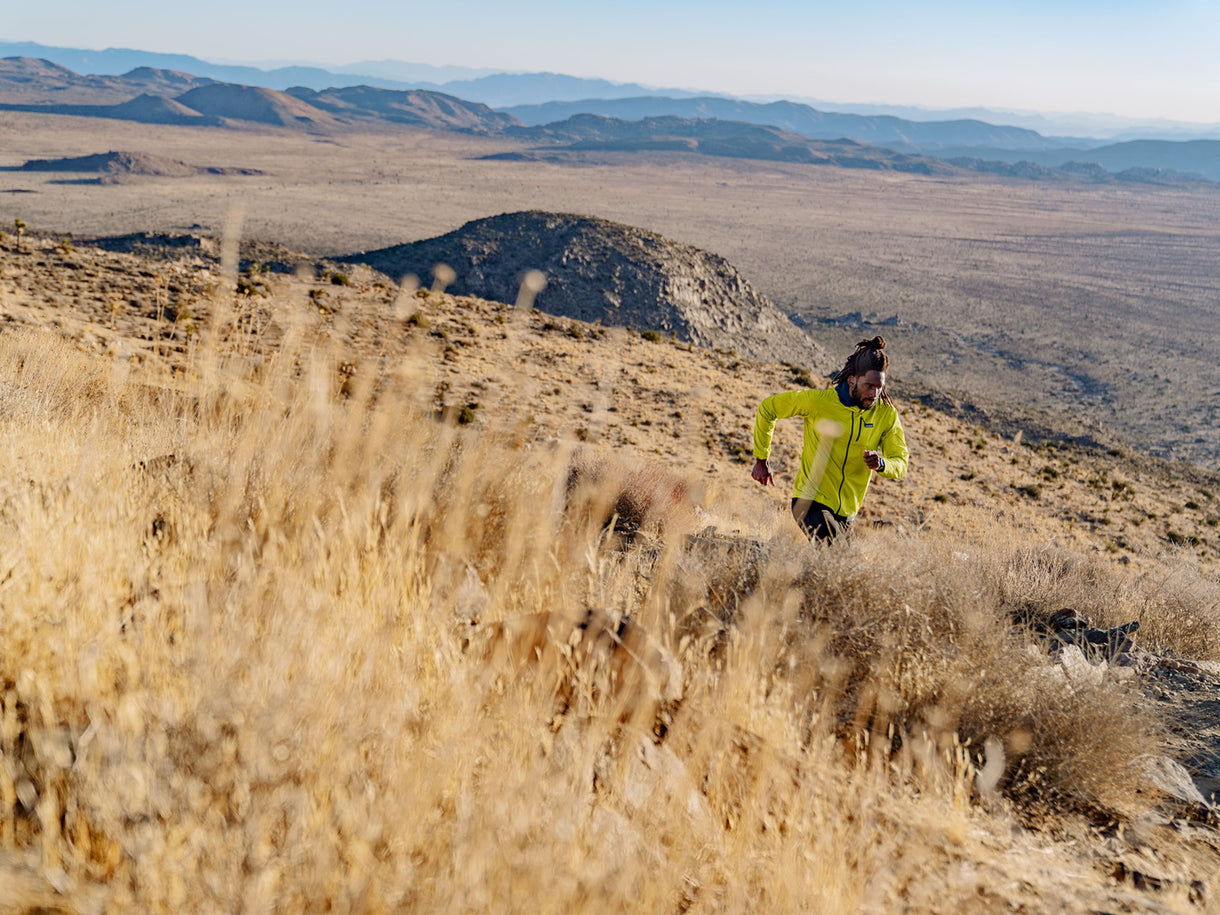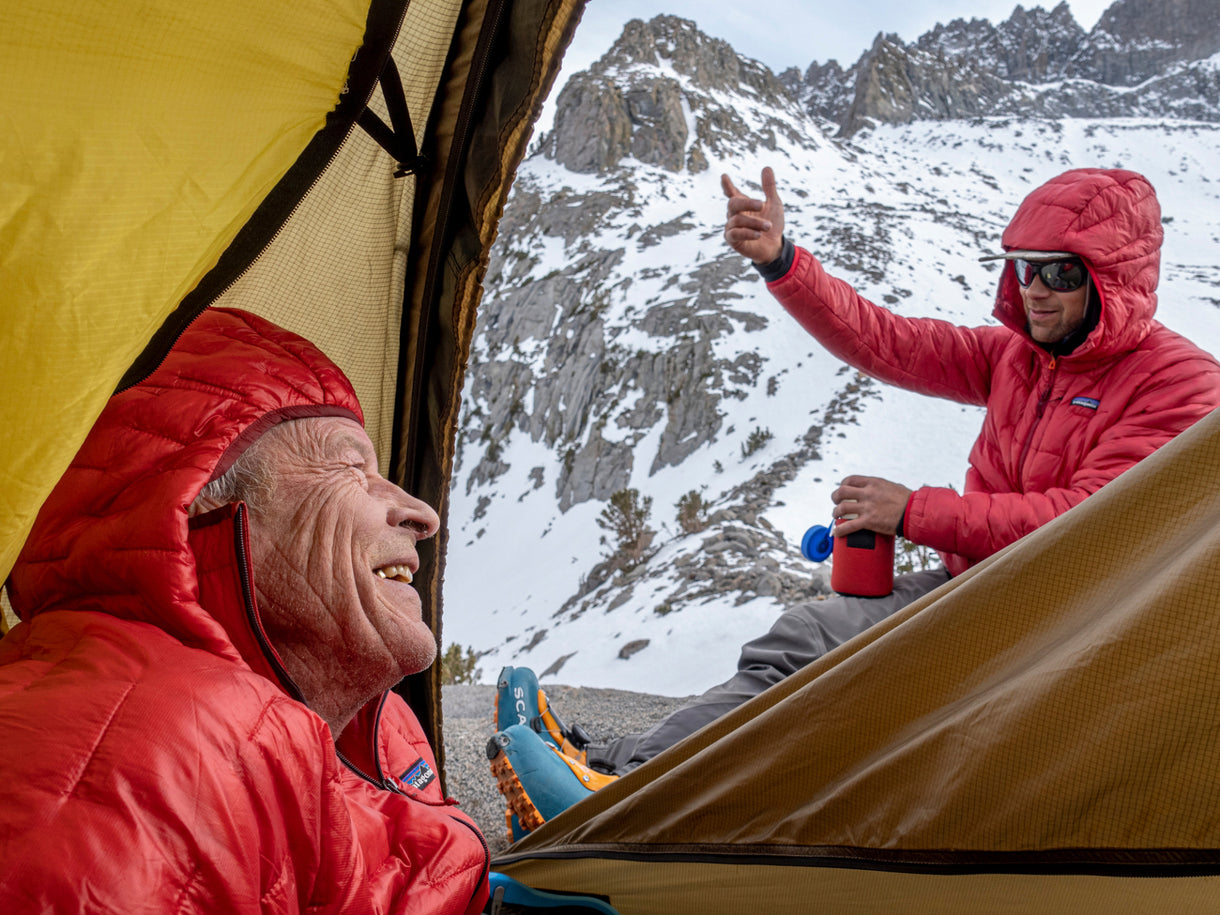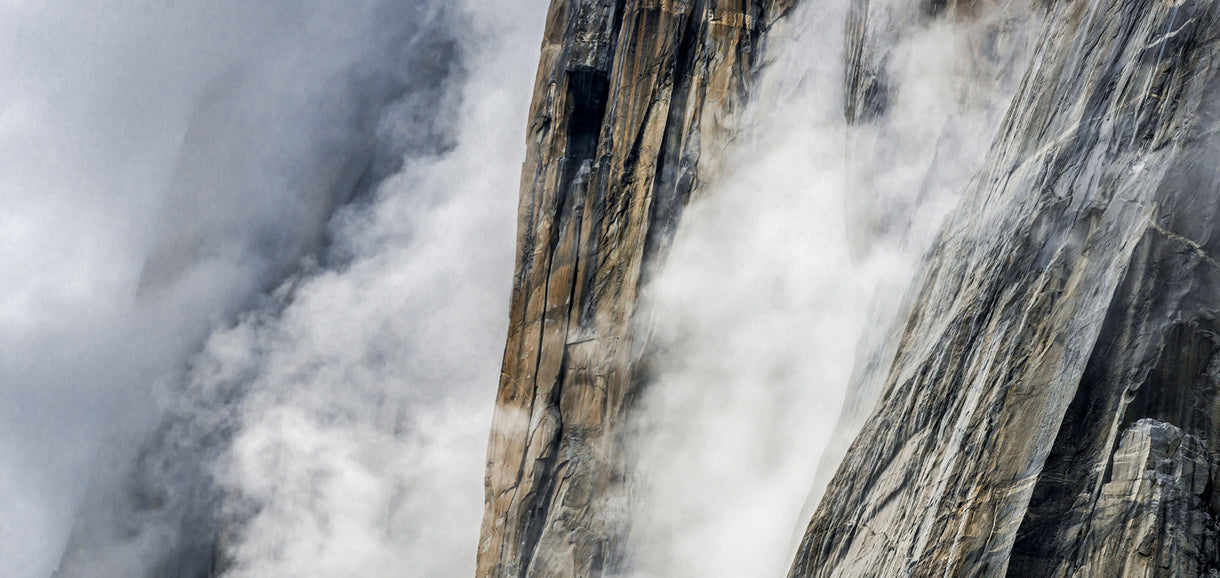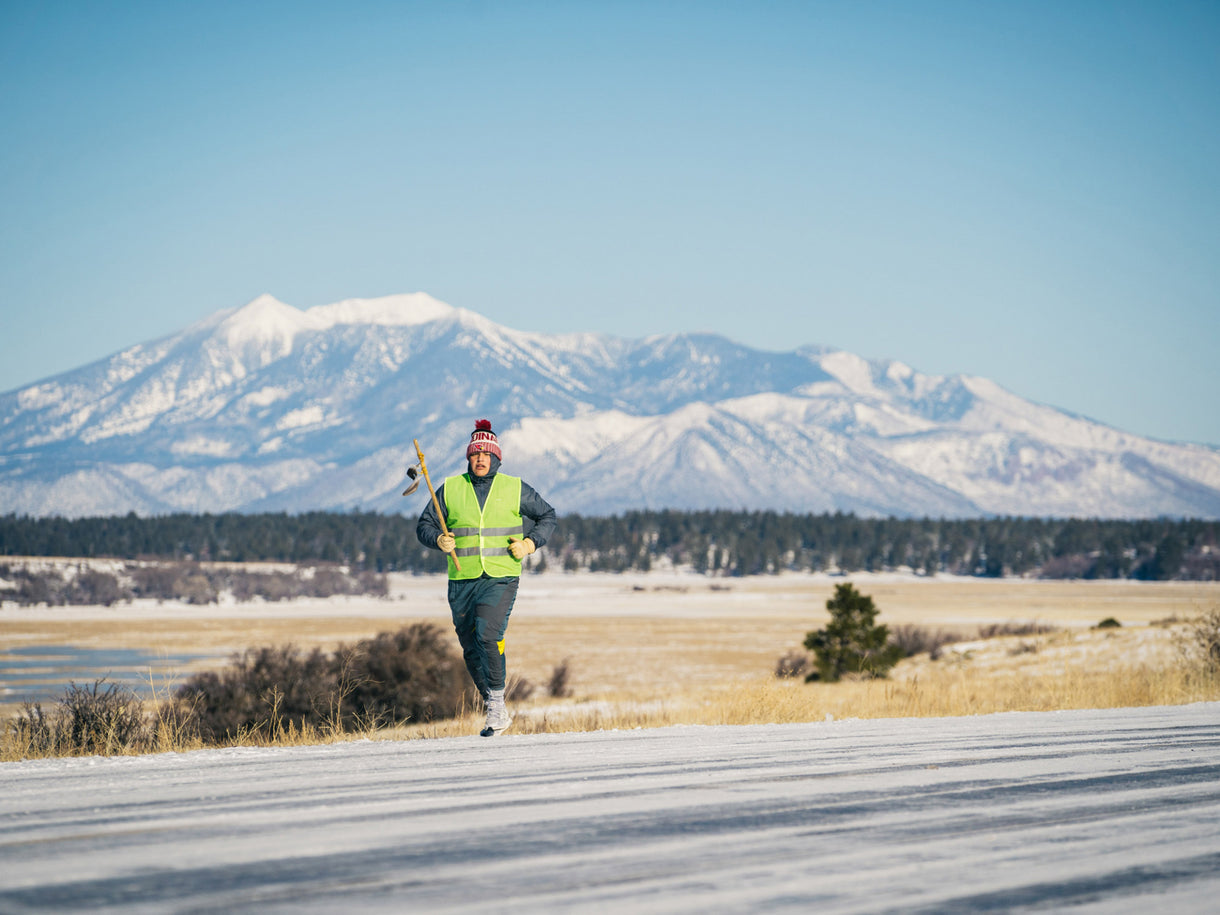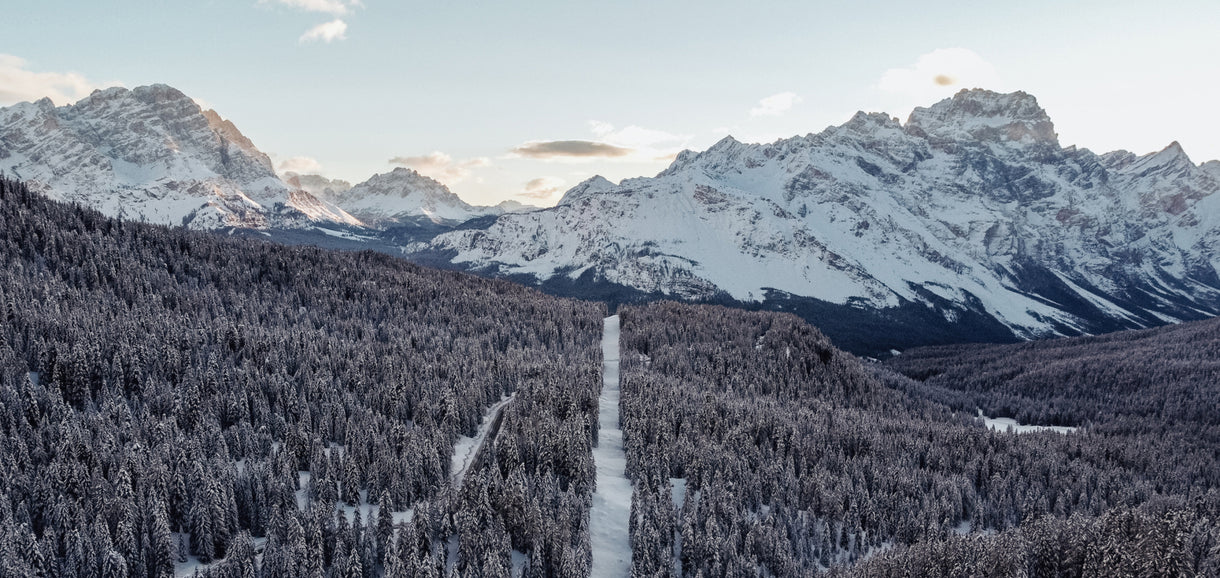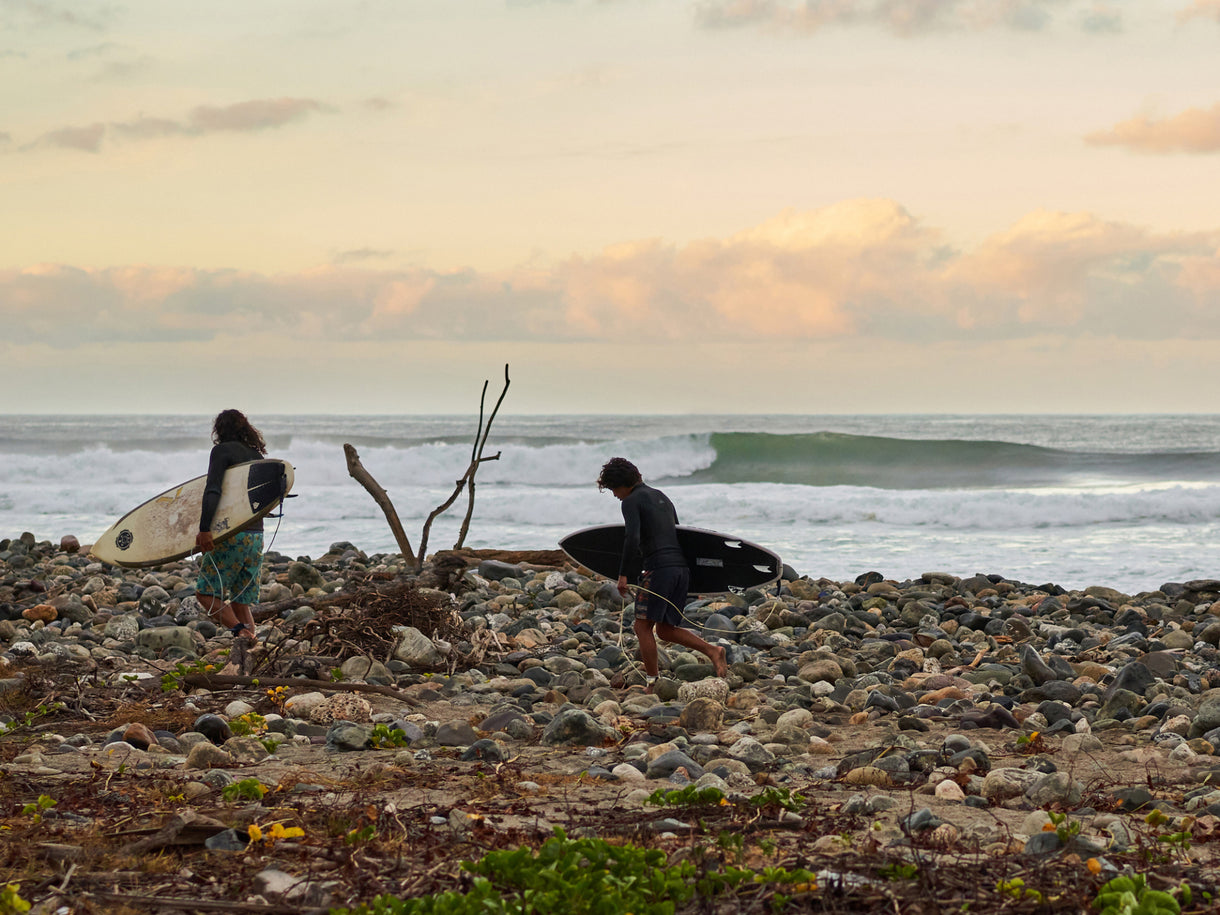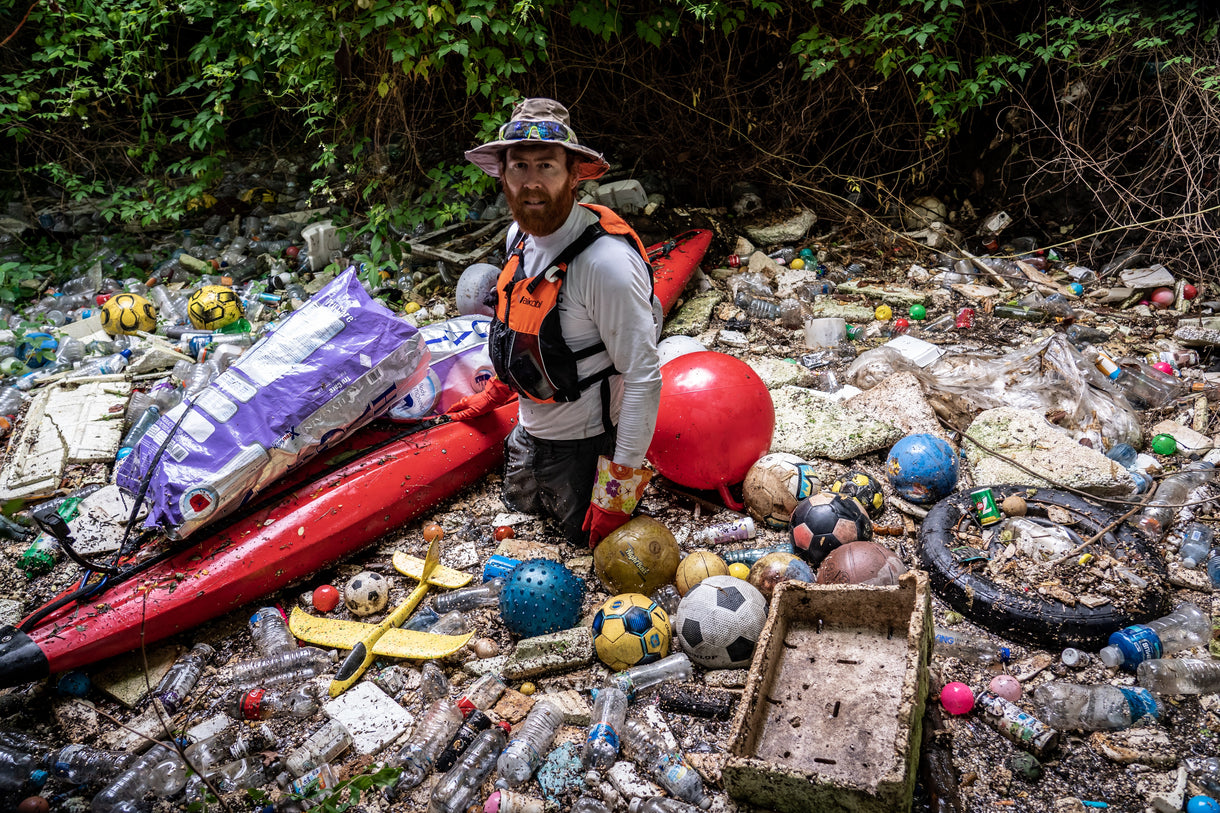The day we arrived on King Island we drove out to Martha Lavinia, where we stood in the dunes and watched waves running down the beach, the swell lines almost perpendicular to the beach, long left-handers breaking so fast they were almost impossible to surf. The thing was, however, Martha Lavinia is famous around the world for clean, geometric peaks, not lefts. These waves looked nothing like the brochure.
The following morning we drove back out at dawn and Marthas looked completely different again. A remarkable transformation had occurred under the cover of darkness. Instead of long lefts running down the beach, we were greeted with long rights running up the beach. The system had tracked east overnight, and instead of the swell wrapping around the top of the island, it was now coming around the bottom.

King Island is a rural clod of dirt 50 miles long in Bass Strait, one of the last surviving pieces of the ancient land bridge that joined Tasmania to the Australian continent during the last Ice Age. When bristling winter storms roll in from the Roaring Forties, swell wraps around the top and bottom of the island and the refracted waves meet at Martha Lavinia Beach. Depending on the direction of the swell, it either breaks as a left, or a right… or when the conditions are ideal, as perfect peaks. Marthas is on the lee side of the island, so the storm winds that generate the swell are straight offshore. Marthas breaks like nowhere else on earth.
We surfed all morning on the second day. Dan Ross split his ear after being smacked by his board, and we drove him to the island’s hospital, stopping only for herds of dairy cows crossing the road. Dave Rastovich meanwhile was left surfing Marthas alone, the only surfer on miles of untouched white beach.

Our visit to King Island, however, had a purpose beyond simply surfing Marthas – we were also there to help save it. King Island was recently revealed as the proposed location for an industrial salmon farm, more specifically the waters off Martha Lavinia Beach. The farming of Atlantic salmon – a non-native species – in neighbouring Tasmania has boomed in recent years, the industry worth $A730 million annually, but the growth has been so quick that environmental monitoring and regulation has struggled to keep pace. World Heritage listed Macquarie Harbour on Tasmania’s west coast has been the flashpoint, as the once-pristine waterway has degraded significantly as salmon stocks in the harbour have exploded.
Back in 2005 Macquarie Harbour produced 2000 tonnes of salmon a year, but by 2012 the Tasmanian Government had approved Macquarie Harbour for 29,500 tonnes. They never got there. As the number of stocked fish in the harbour grew, the local environment began to degrade and show early signs of collapse with low oxygen levels, sediment and nutrient build up, and disease outbreaks contributing to large fishkills of farmed salmon. With the industry now under increased scrutiny they’ve begun scouting for new locations, which has brought them across to King Island.
The island might only be home to 1723 people, but it is also home to a thriving primary industry brand that creates almost full employment. King Island dairy, beef and seafood is internationally renowned, and islanders are concerned the dirty reputation of the salmon farming industry will not only ruin Martha Lavinia Beach, it will trash the island’s reputation.
“I slowly saw what the implications for King Island would be, and they’re devastating,” said Charlie Stubbs, a retired English teacher who has led the local campaign against the fish farm proposal. “If you have a million Atlantic salmon that’s like 10,000 people going up to Martha Lavinia and crapping in the water every day. I almost feel like crying. King Island is so special to so many people and this is all about dollars. Dollars and profits for companies.” The local residents formed an activist group, Keep King Island Fish Farm Free and began lobbying the media, the Tasmanian Government, and surfers all around the world.
Patagonia, through it’s surf ambassadors in Australia, has stood shoulder to shoulder with the local campaign to keep Martha Lavinia in its natural state. The fight to save Marthas was featured in the film Never Town, which, before being screened in Sydney, San Francisco, Milan and San Juan would have its global premiere in the humble King Island Club in downtown Currie, the island’s main town. Dan Ross was there with fresh stitches in his head, while Dave Rastovich, despite having surfed seven hours that day, introduced the film through red eyes to the locals who’d gathered to see their little island receive star billing.
Premiering the movie on King Island was perfect in every way. It didn’t even matter that we hadn’t quite finished the edit – we’d eventually splice in the waves we’d caught that day into the final cut – the universal message of the film, about the passion and potency of grassroots community activism, could not have been better demonstrated than it was that night in the King Island Club. As the movie finished and the credits rolled, the locals didn’t move from their seats, waiting around for the final frame, a rallying quote from Yvon Chouinard that captured the spirit of the film. “Revolutions start at the bottom.”


